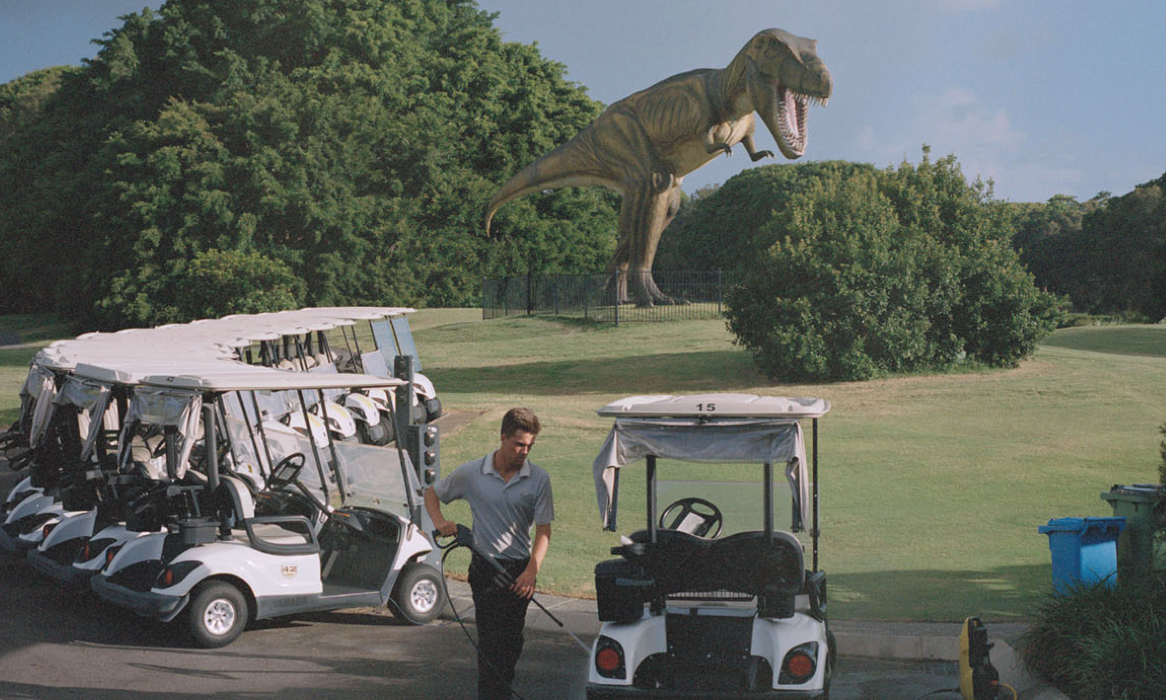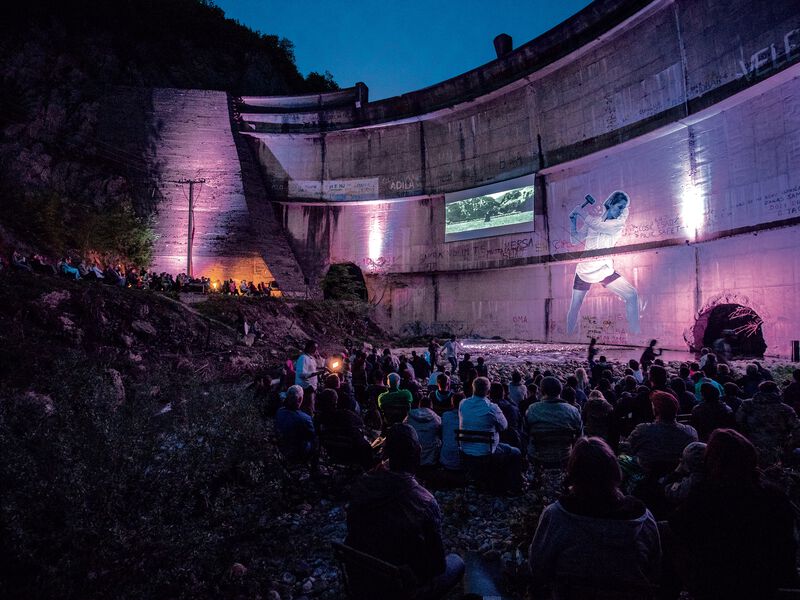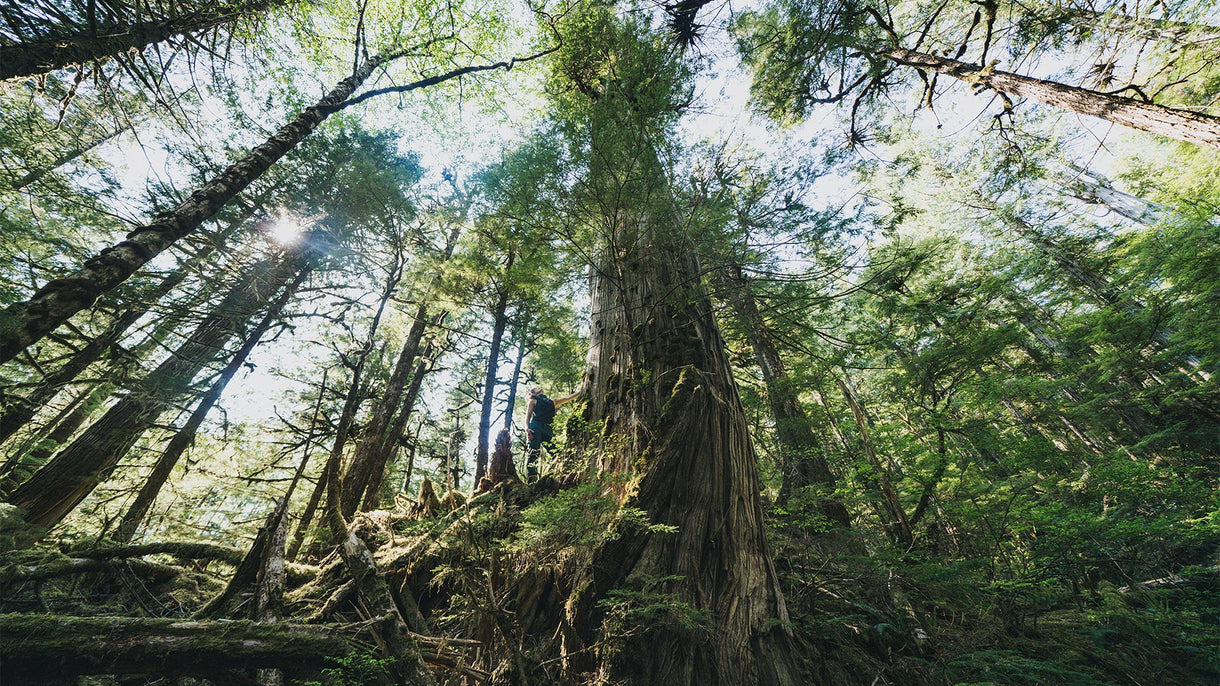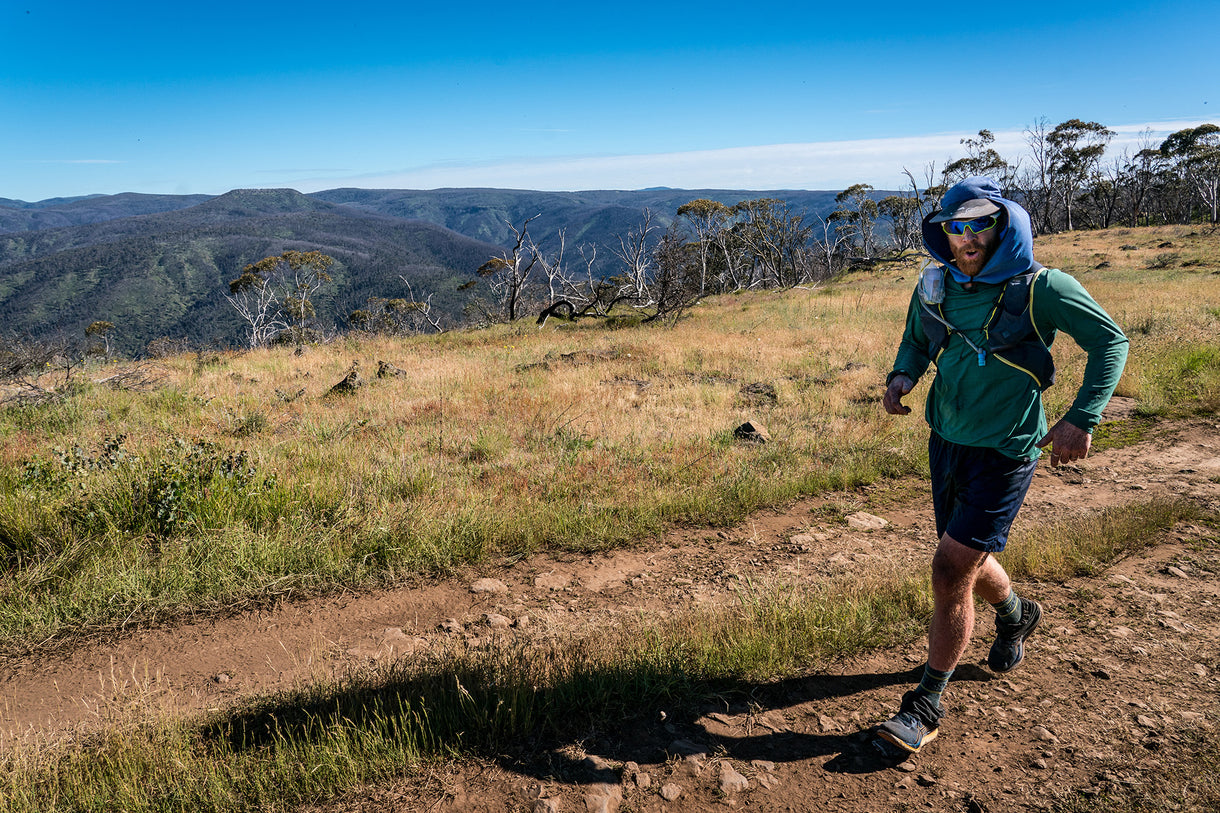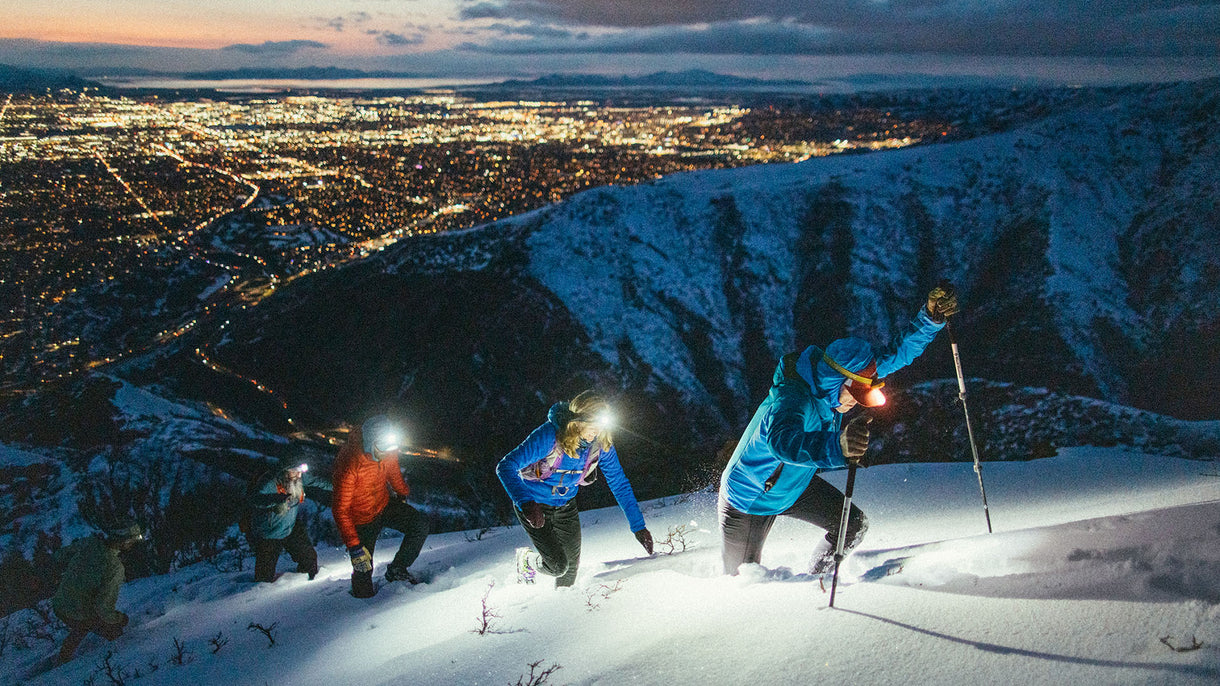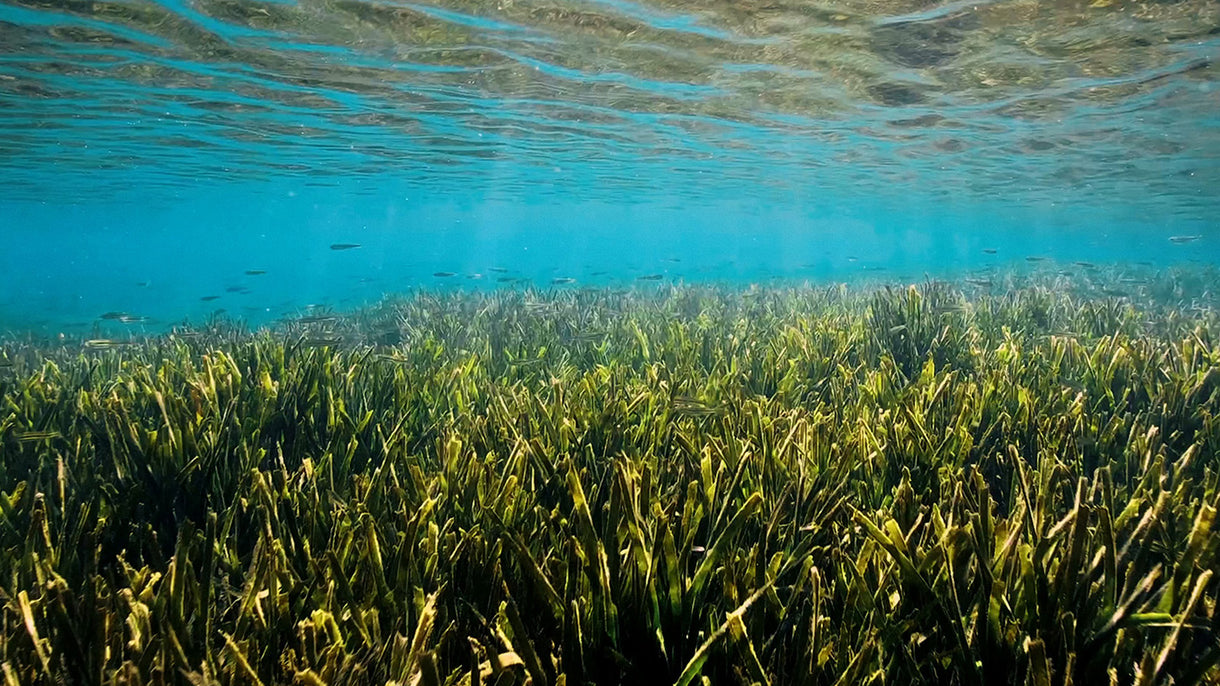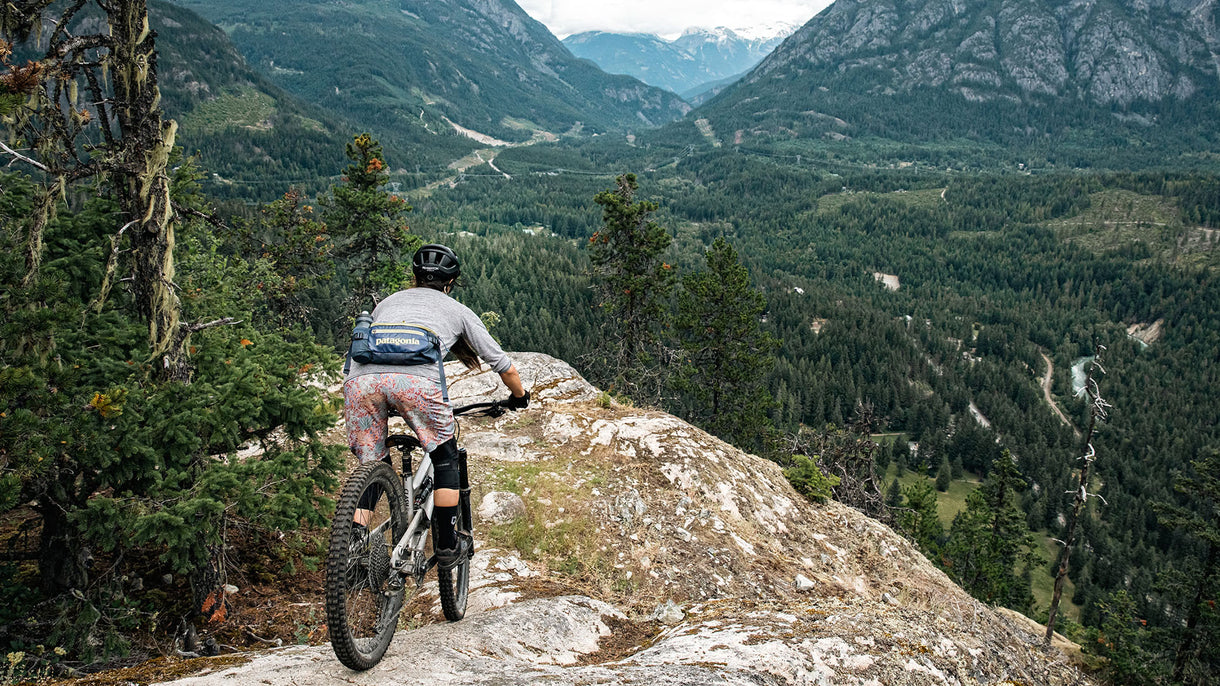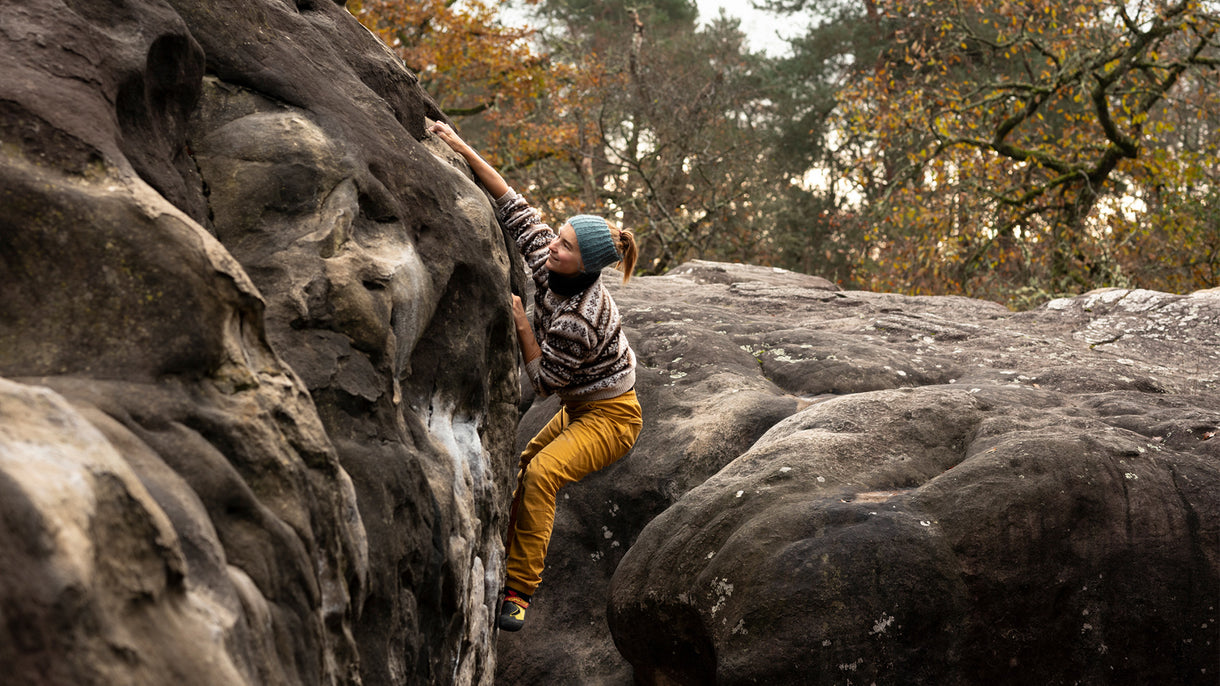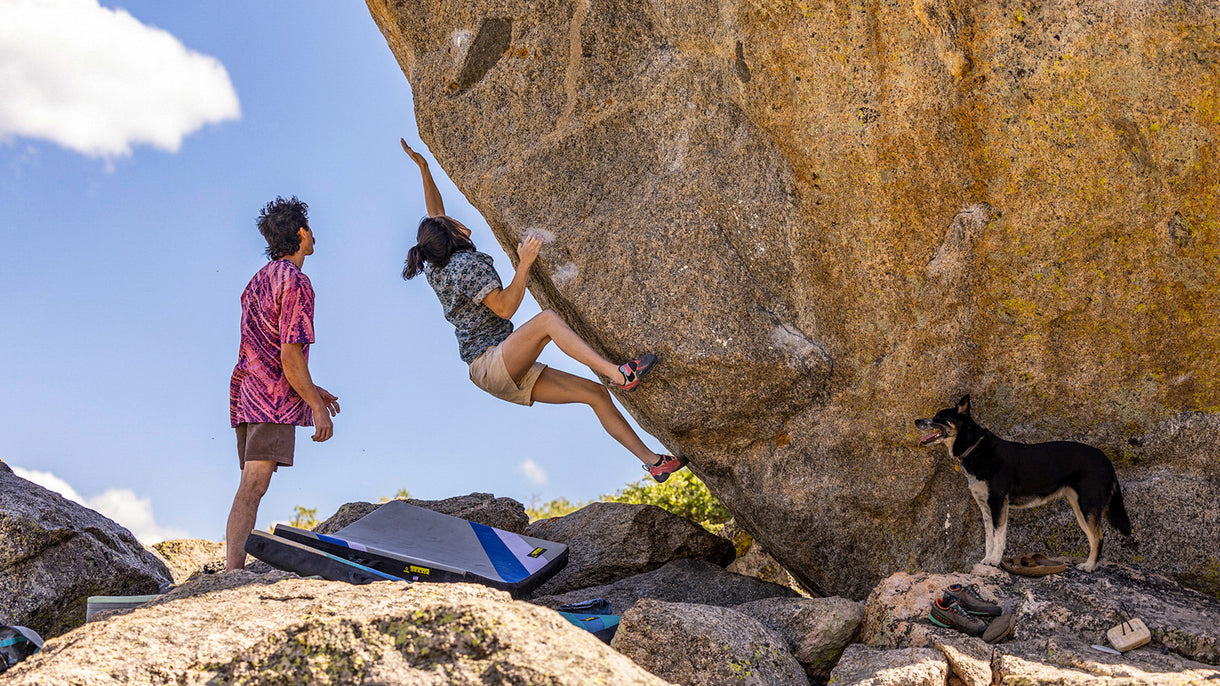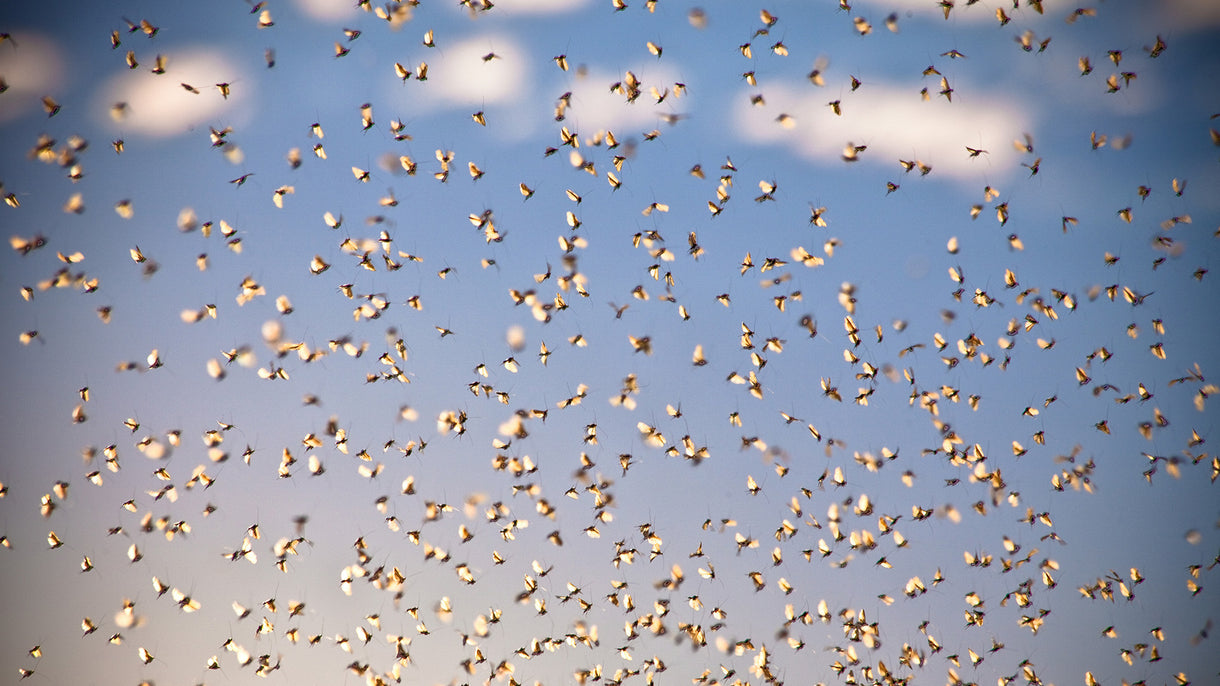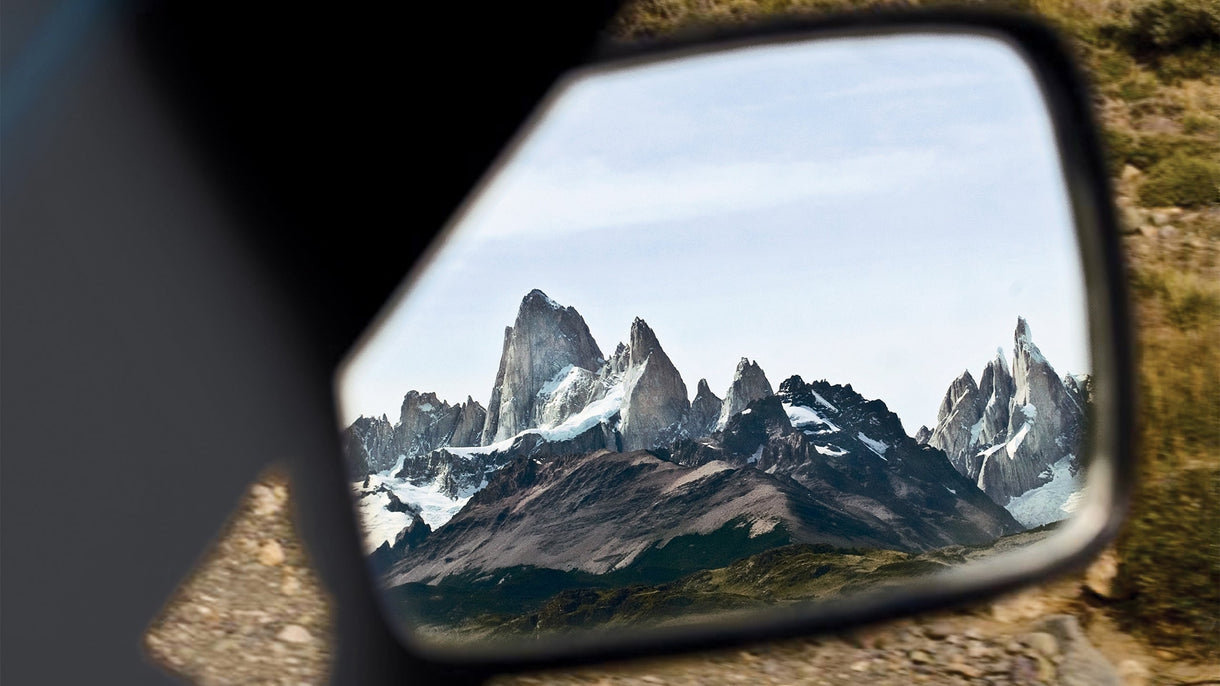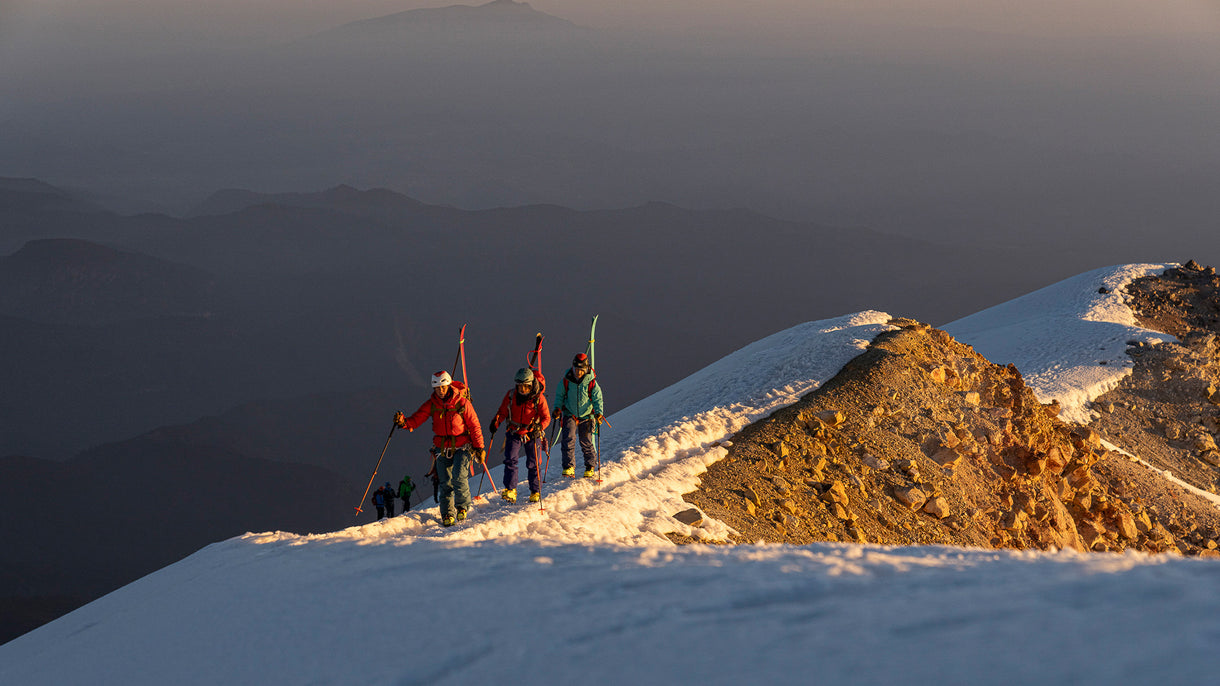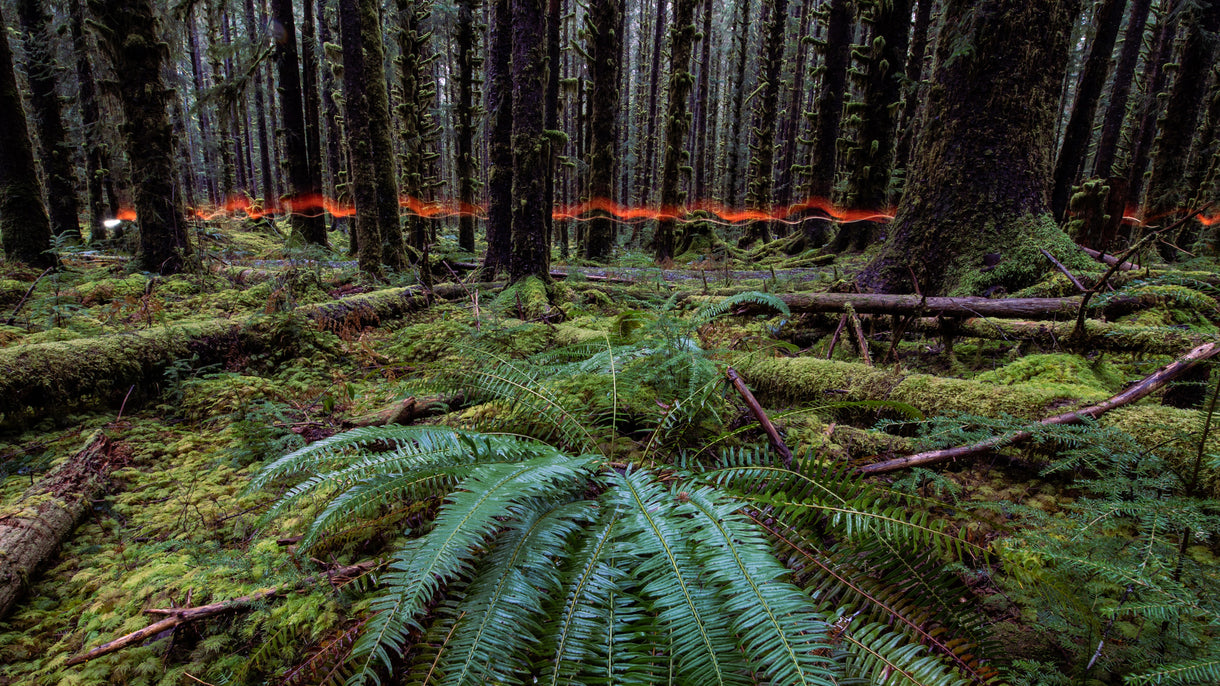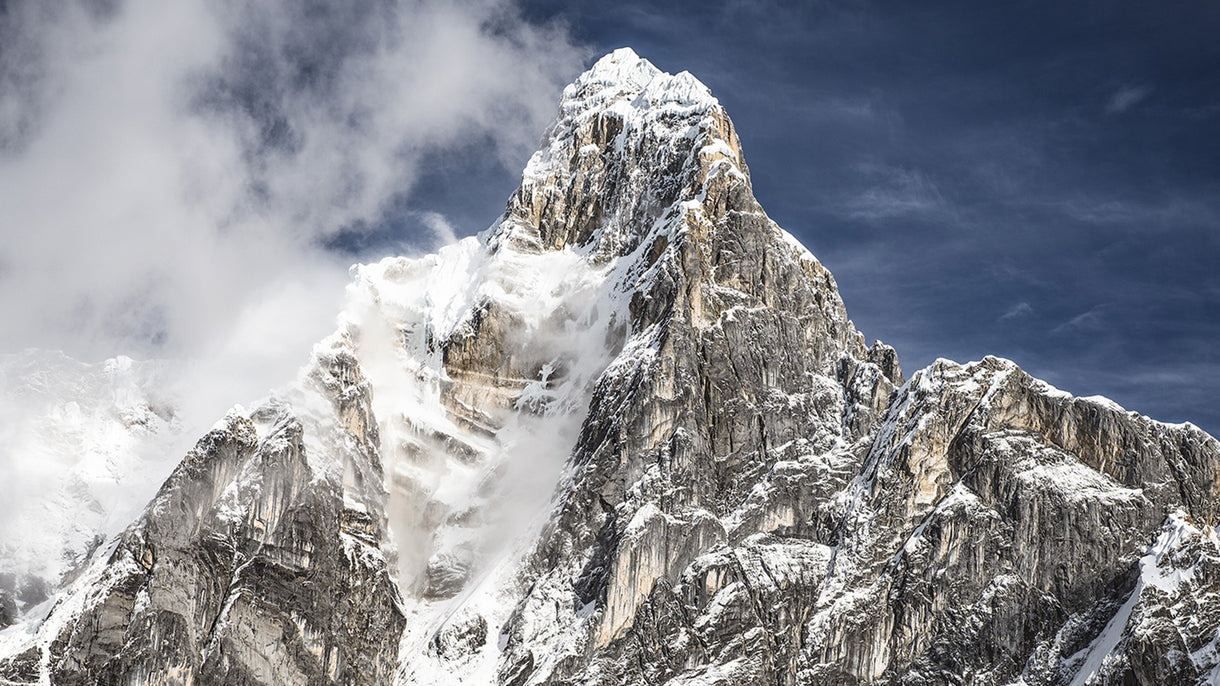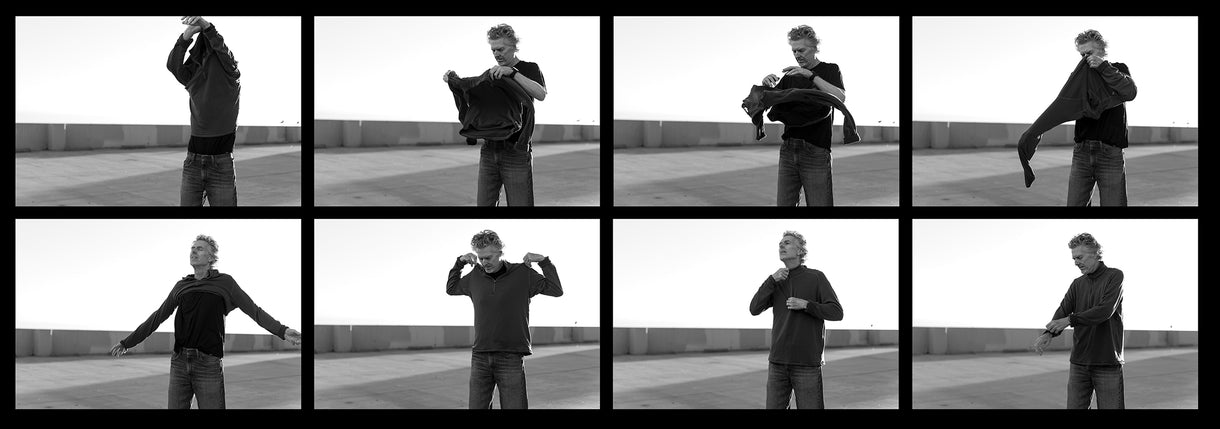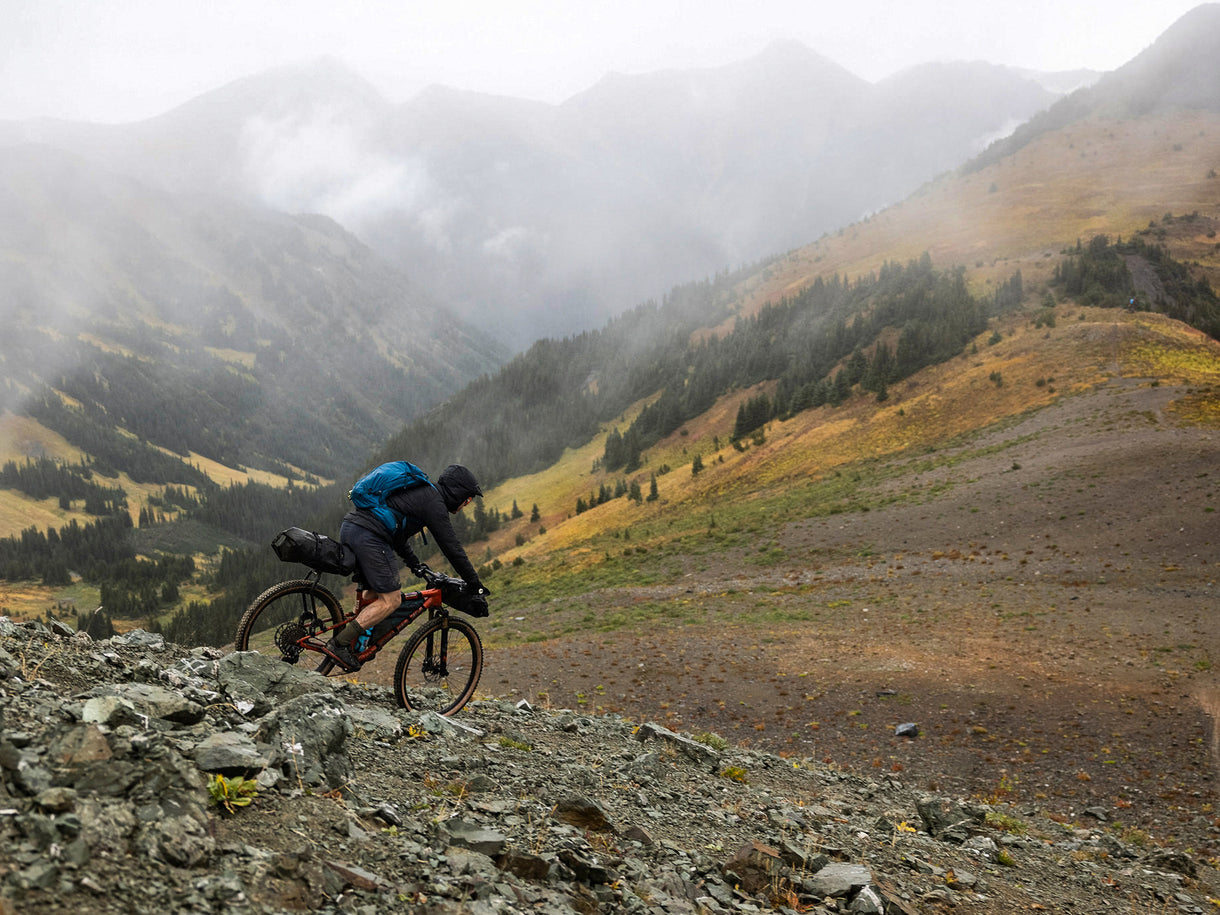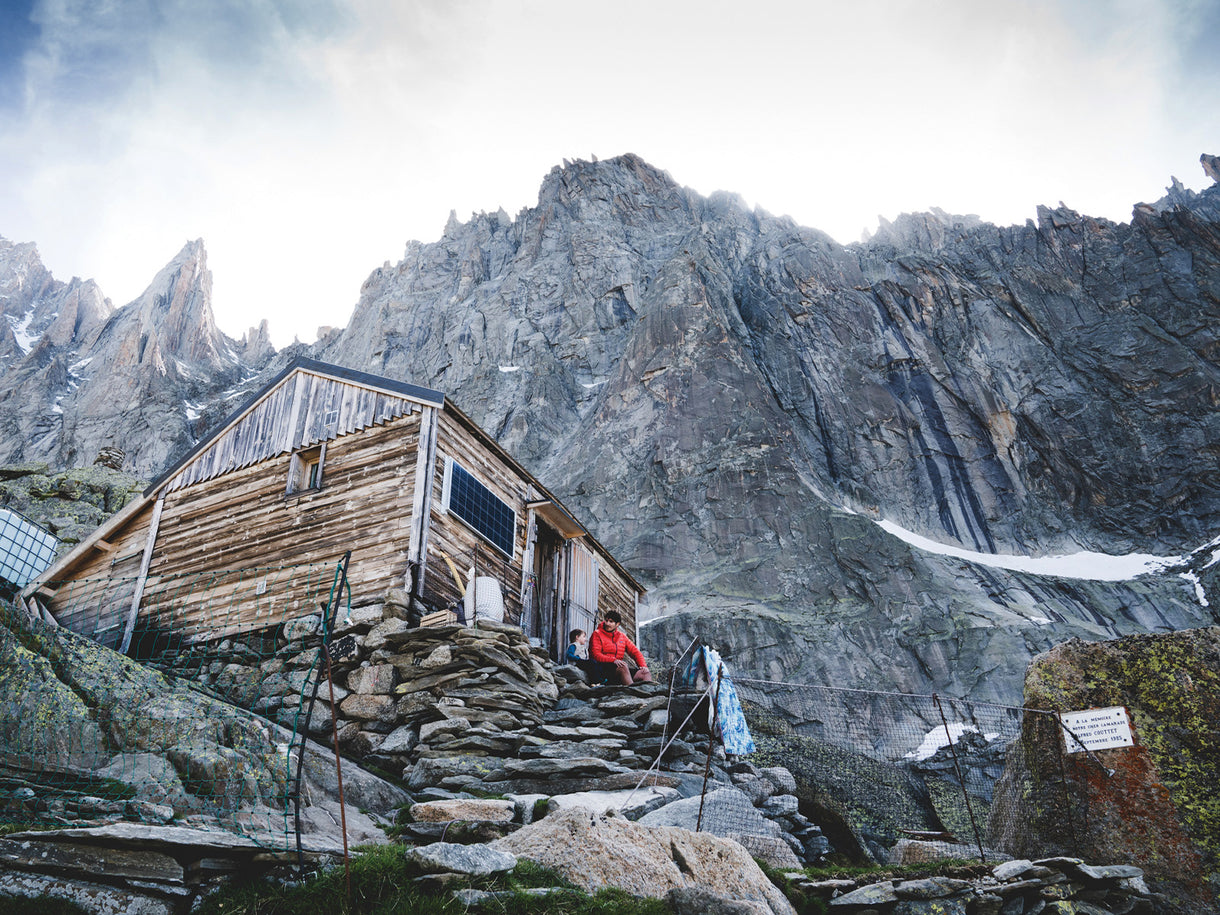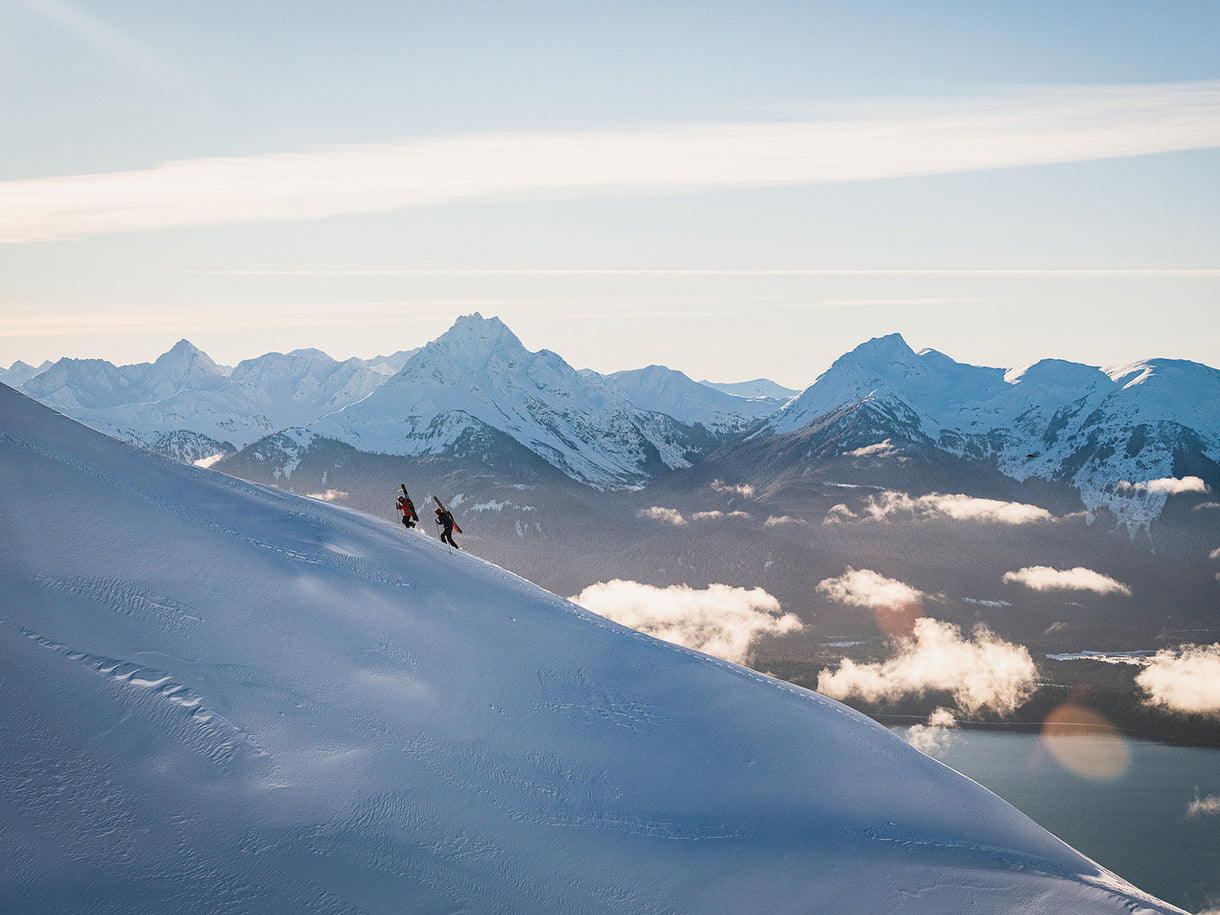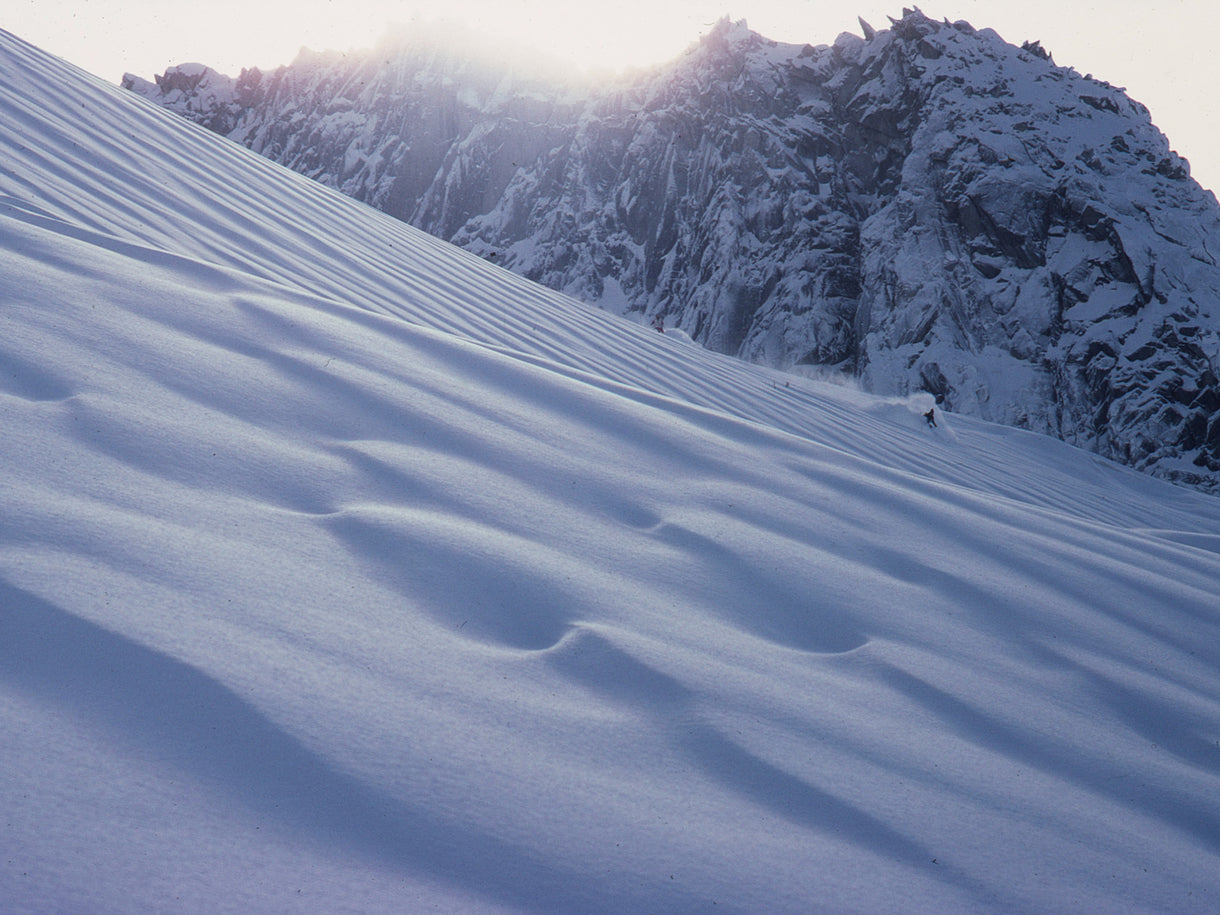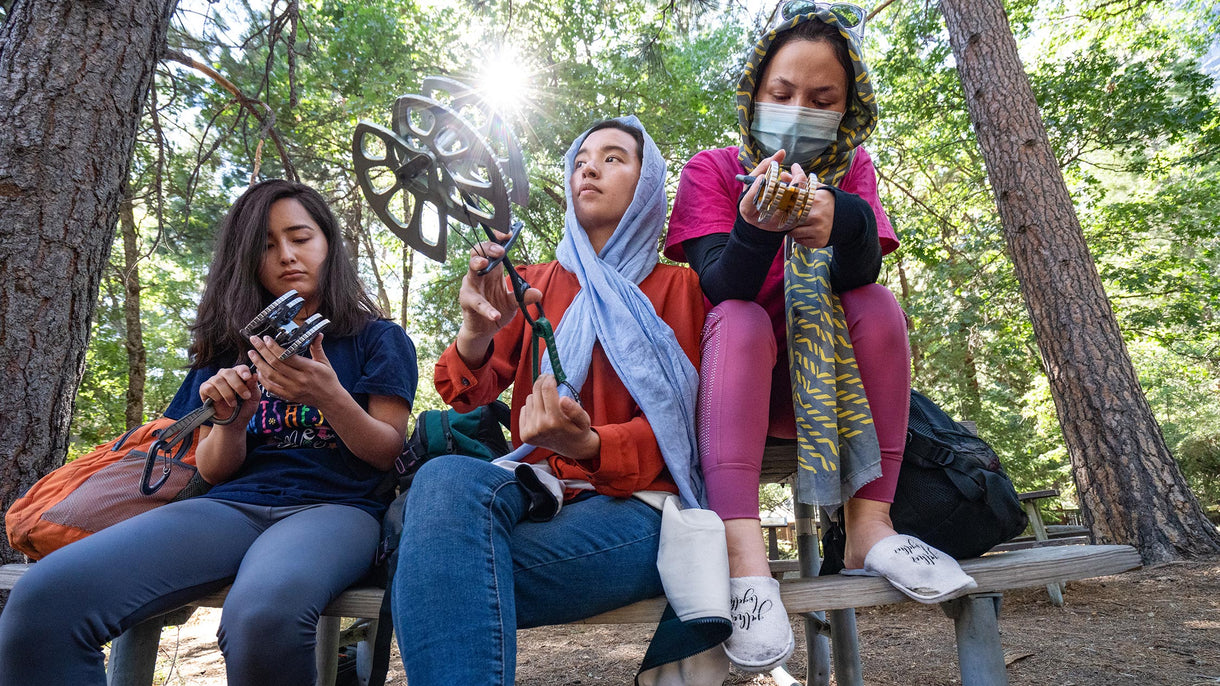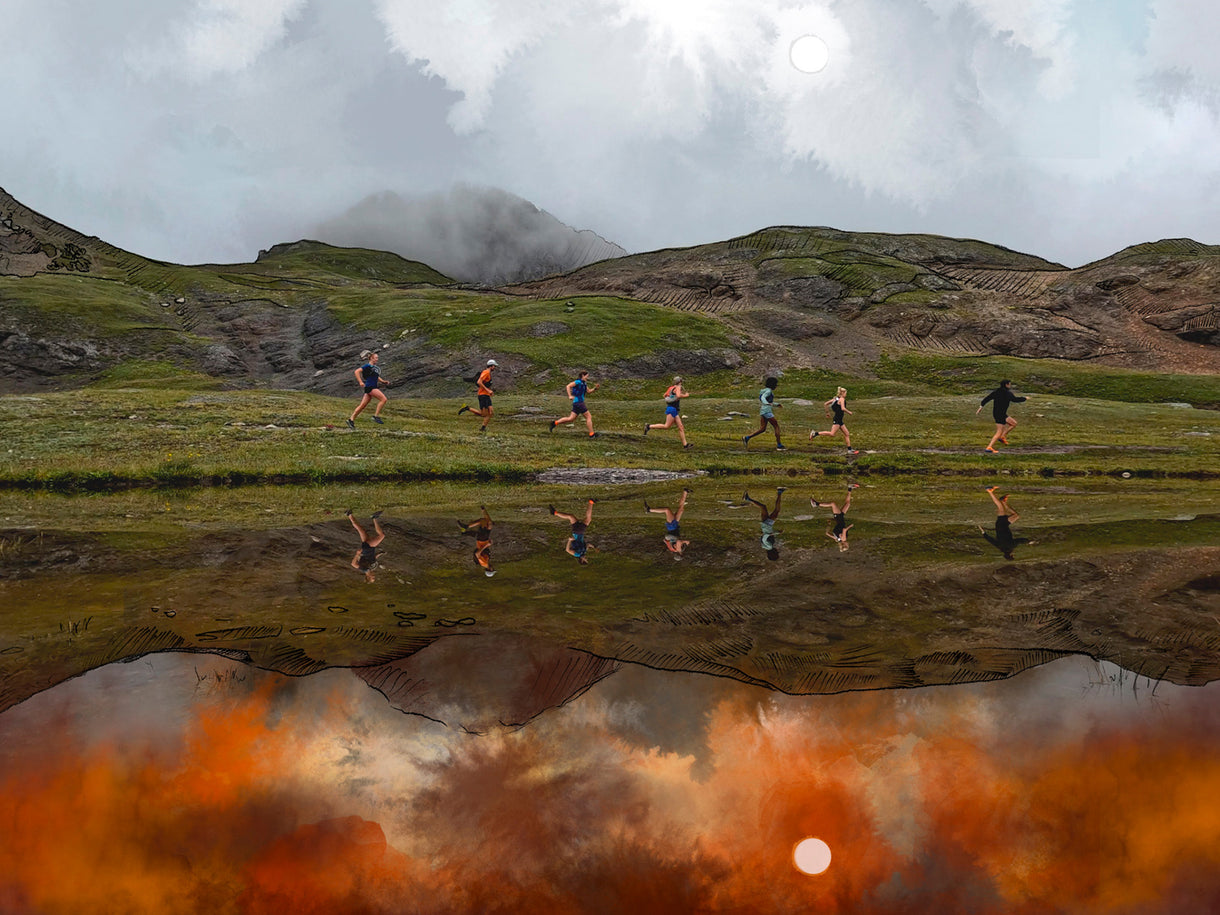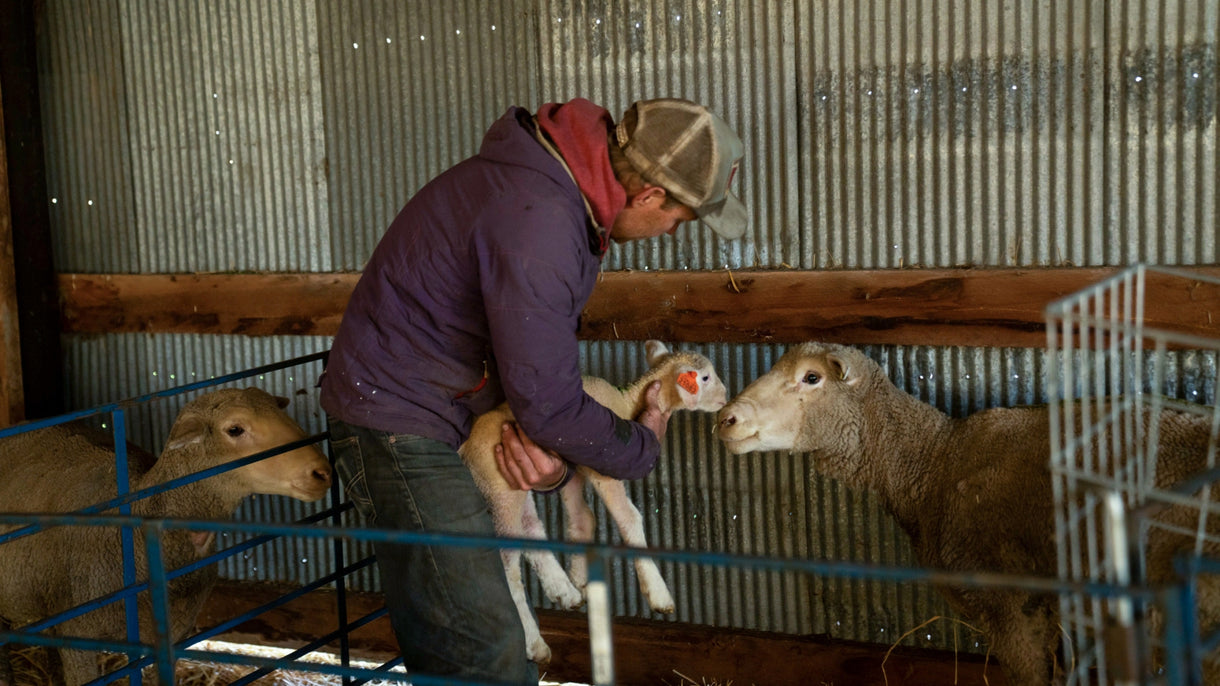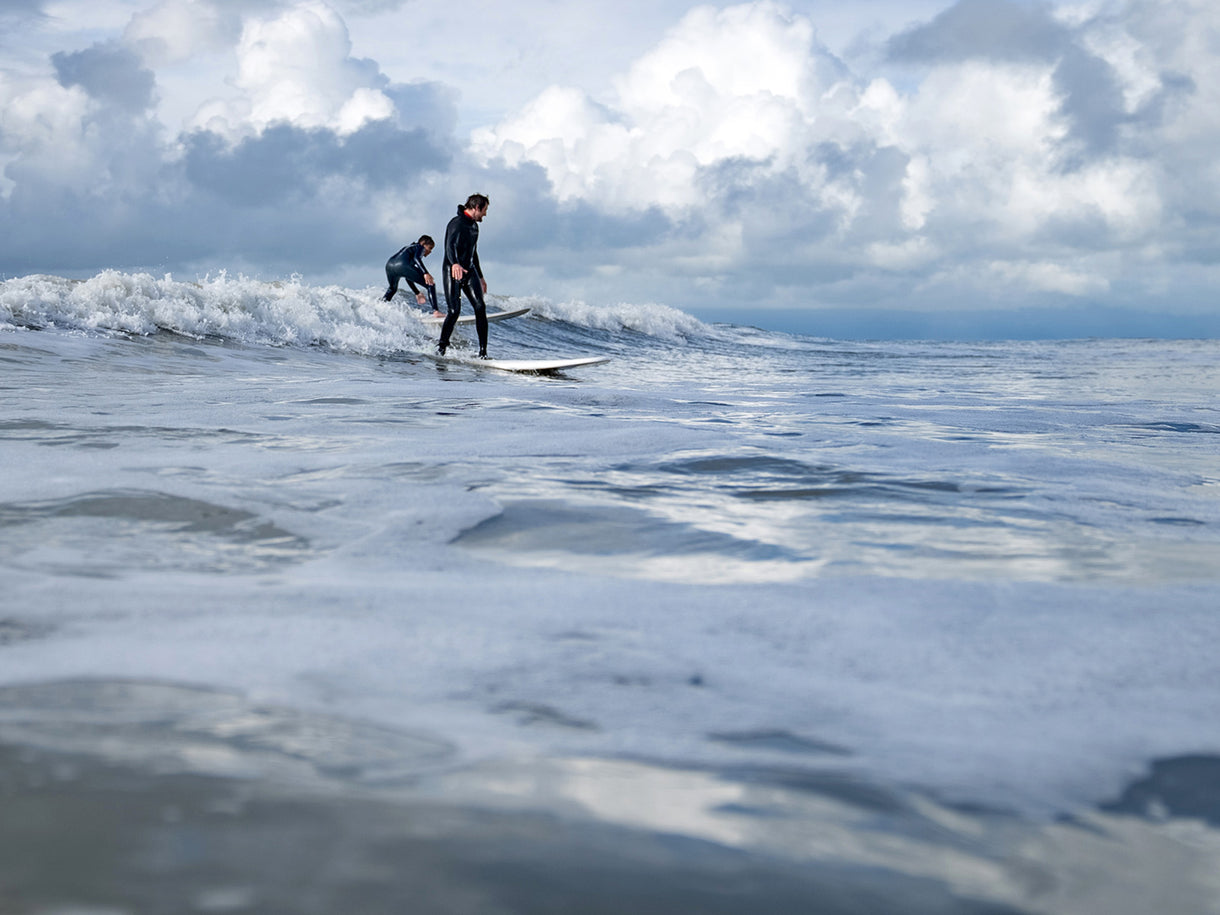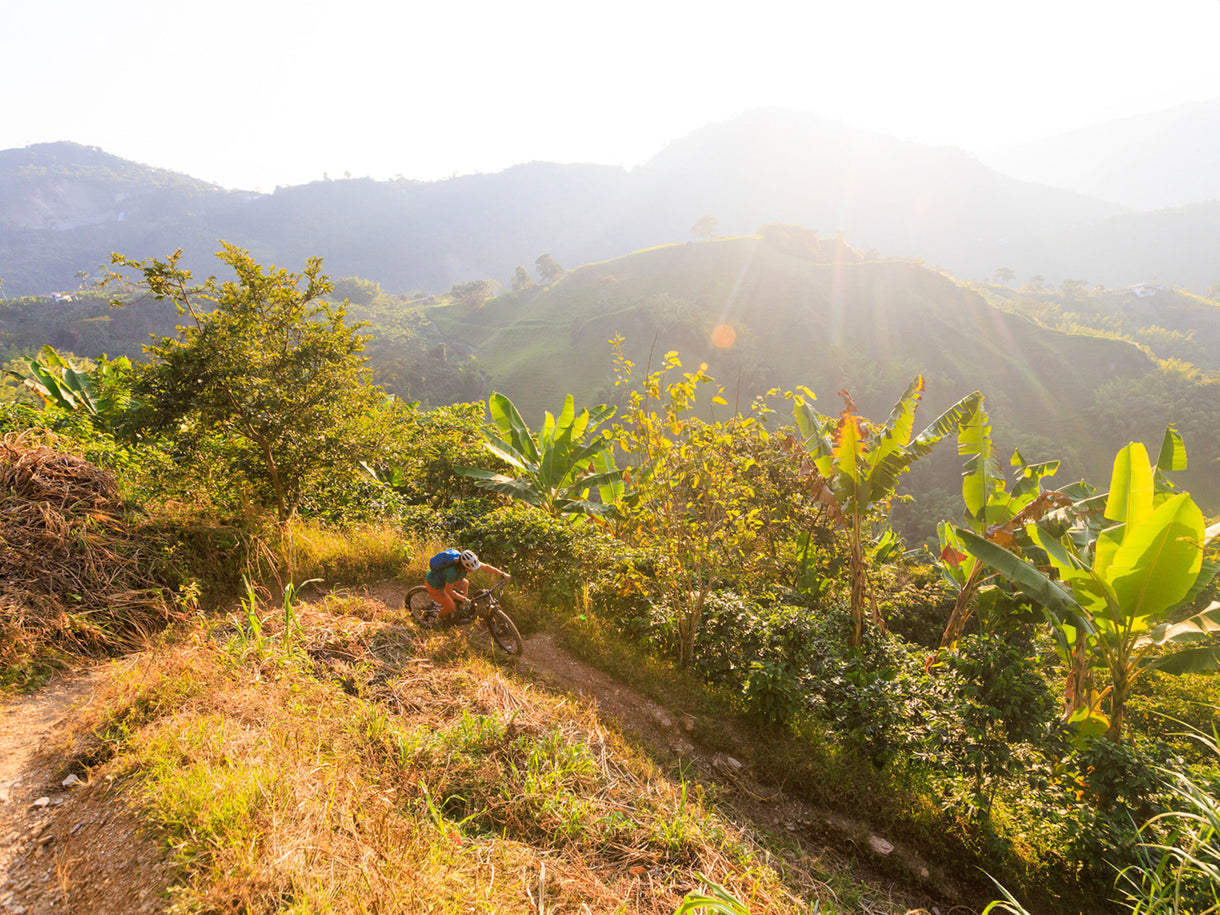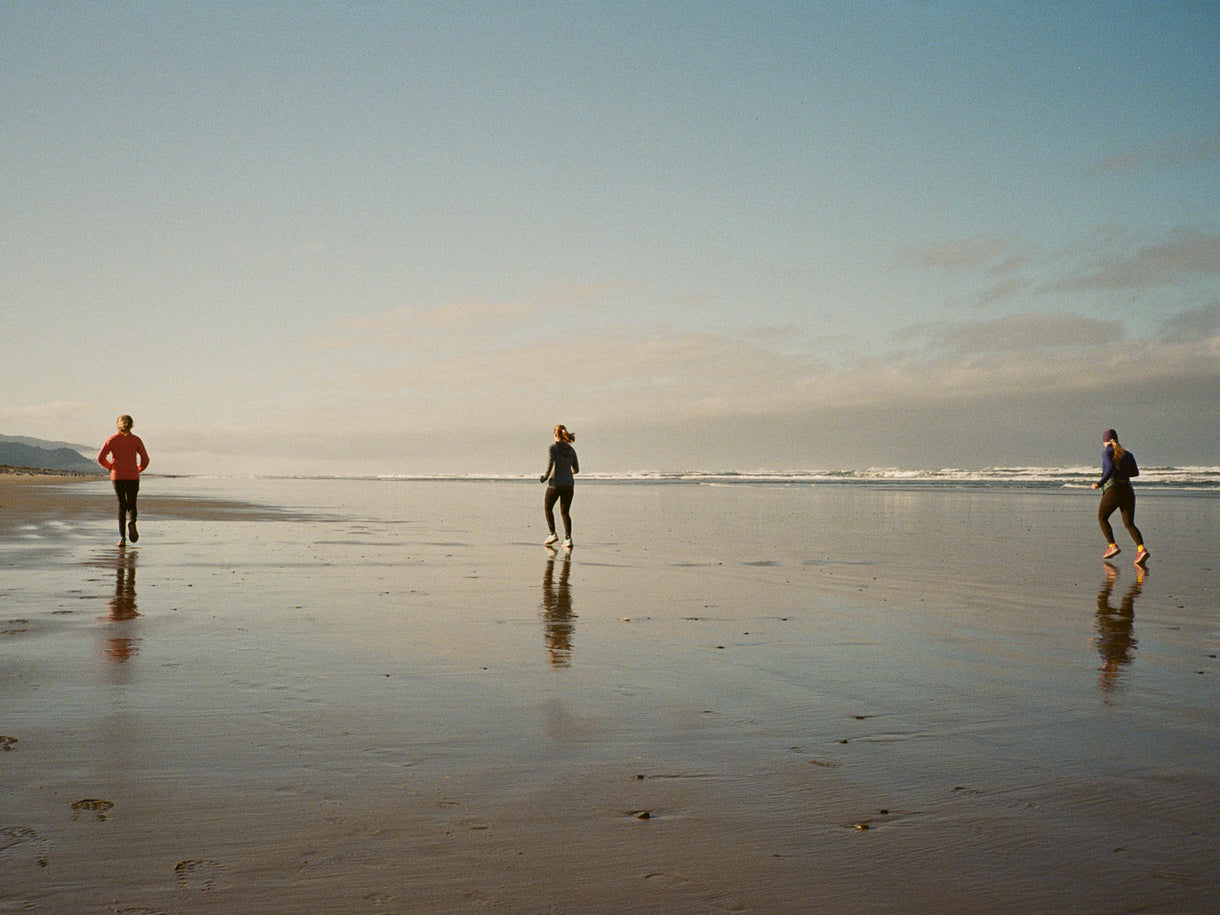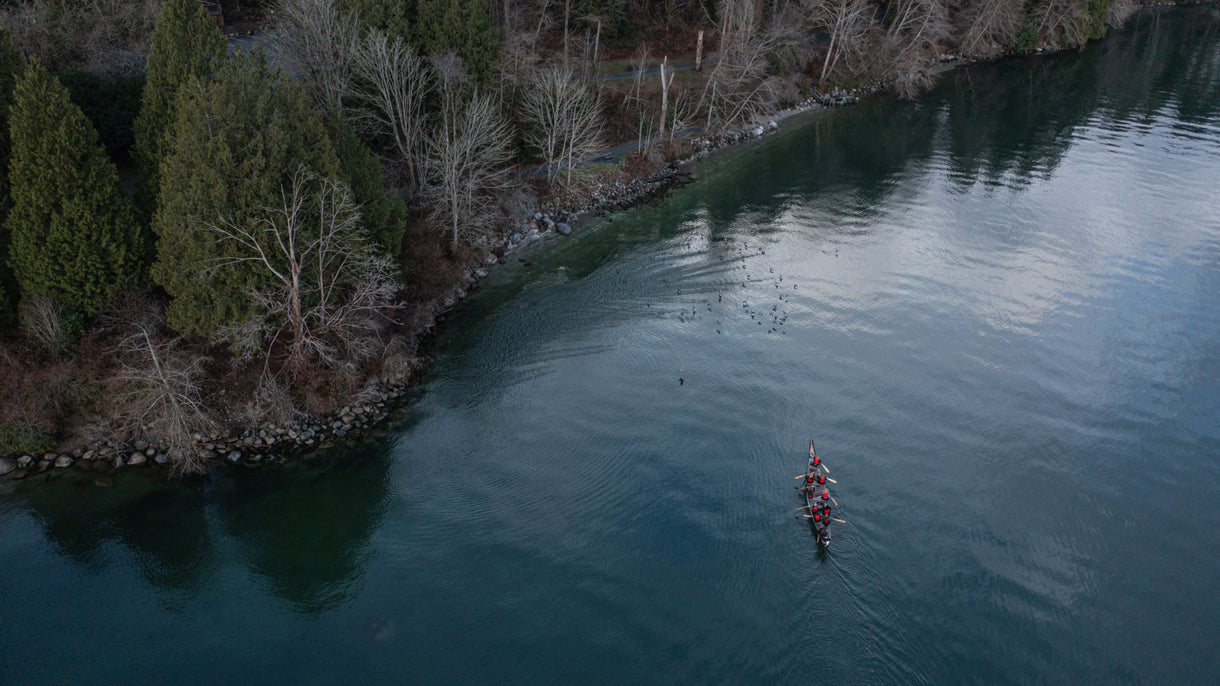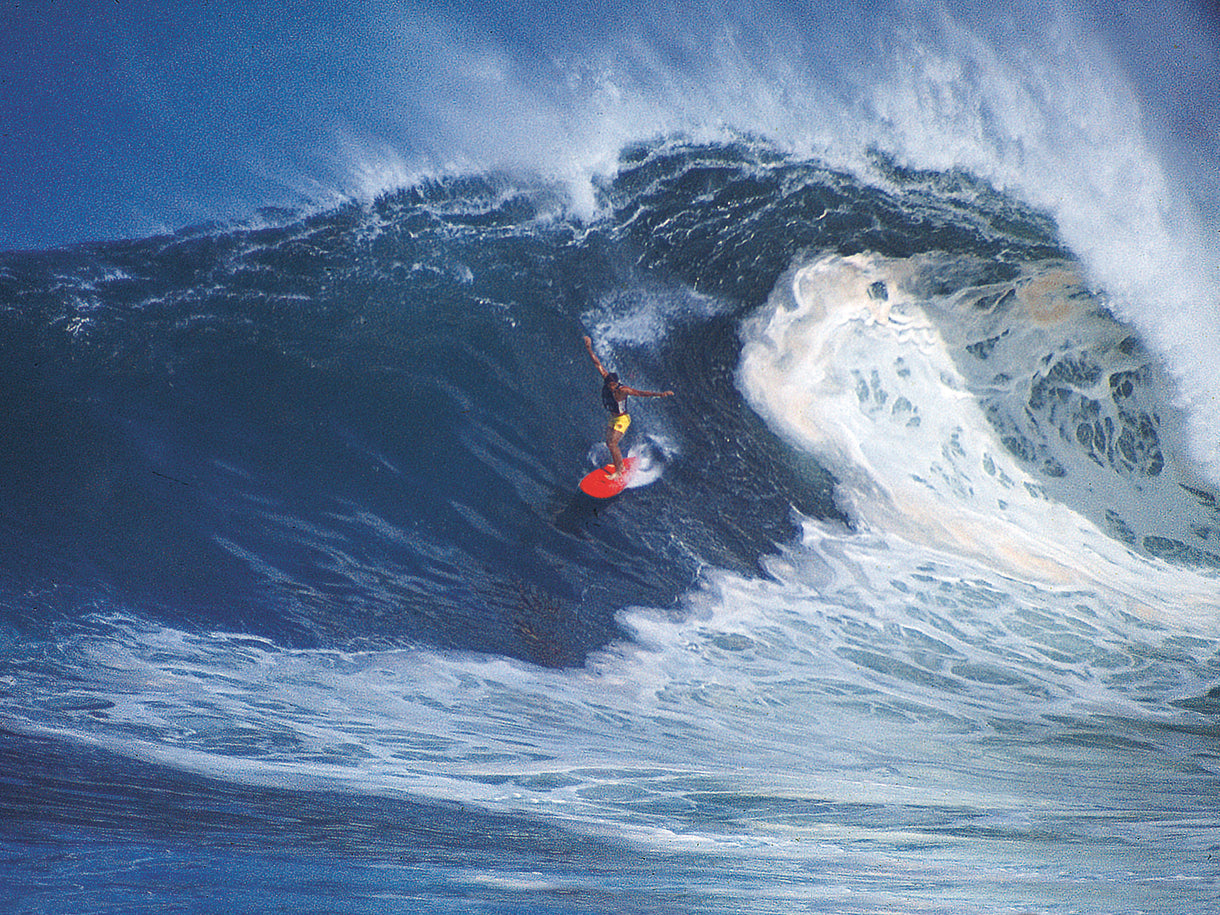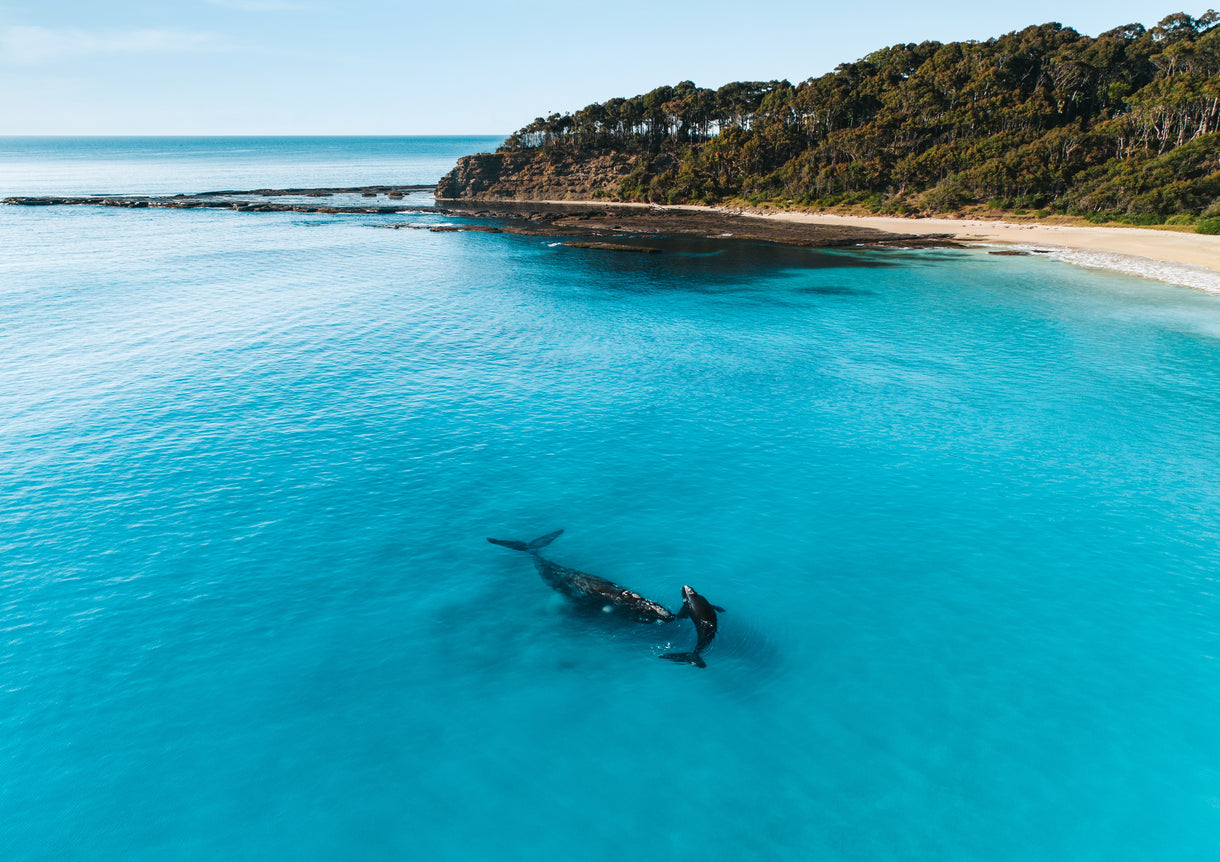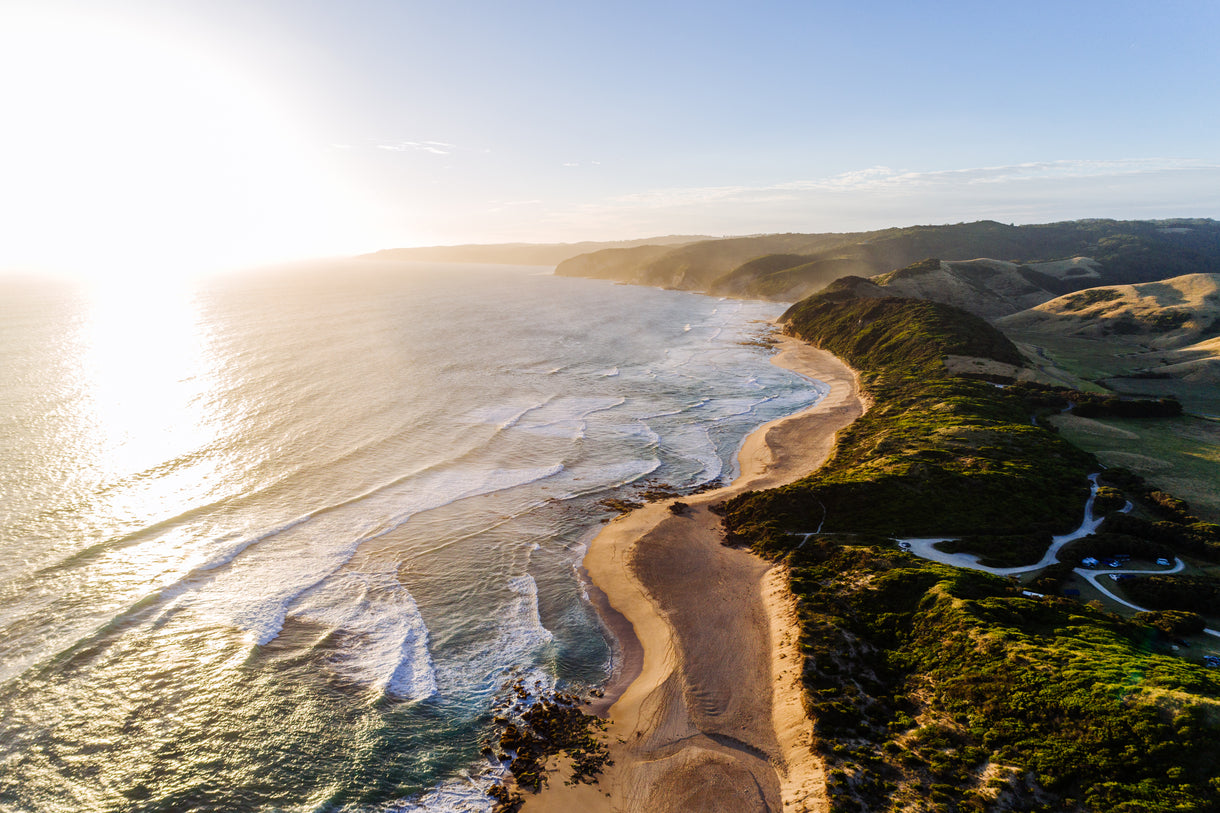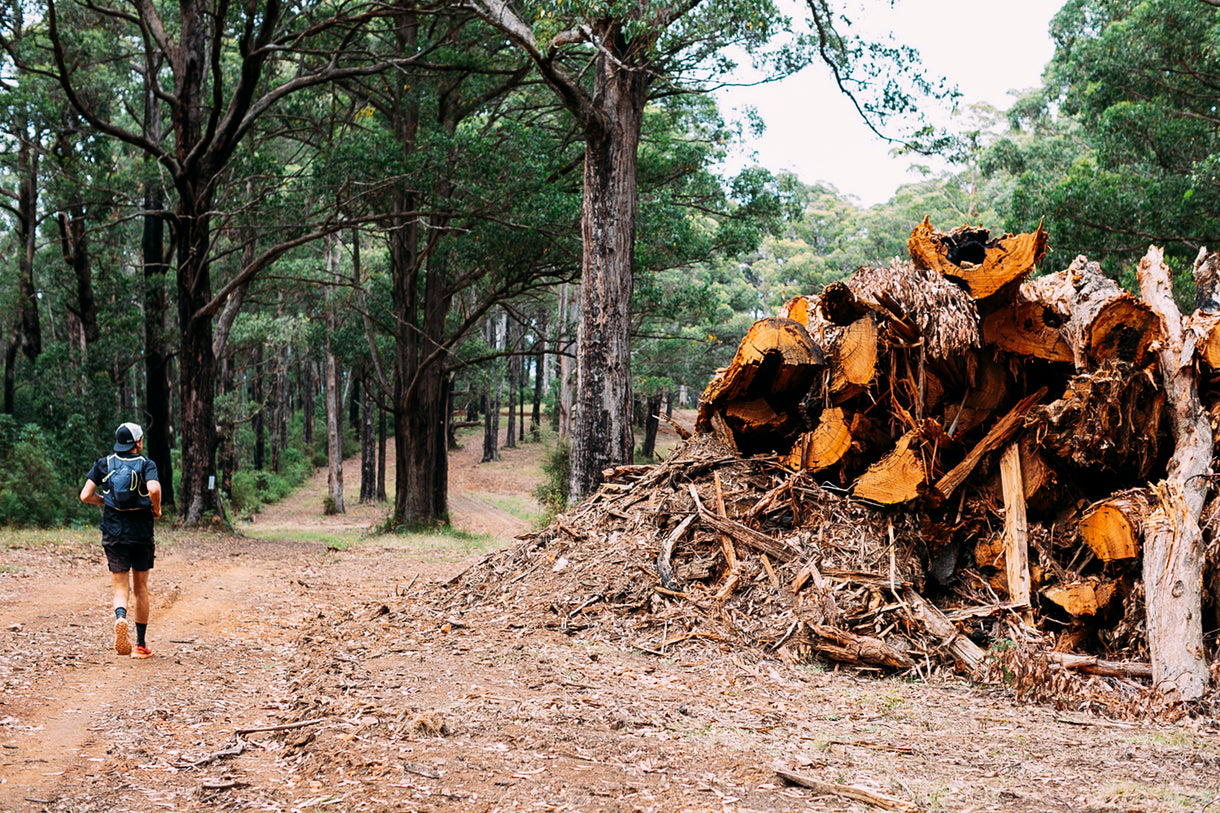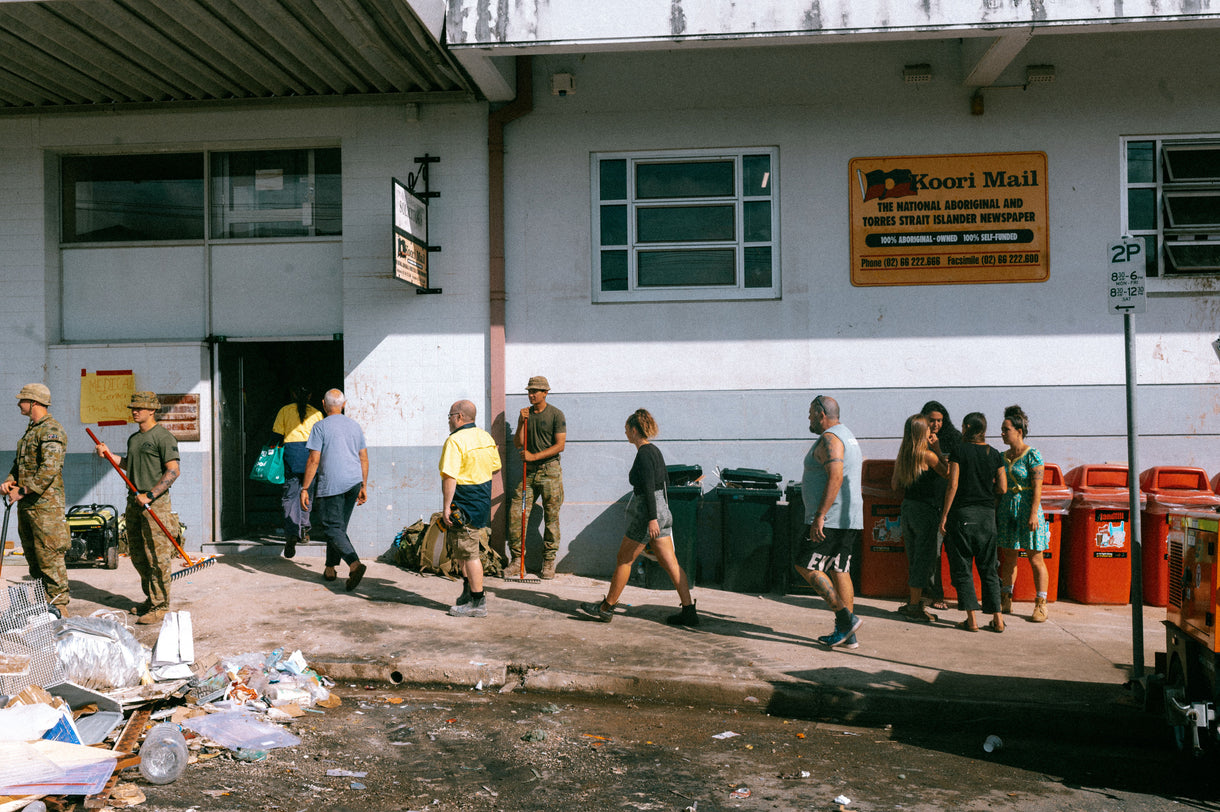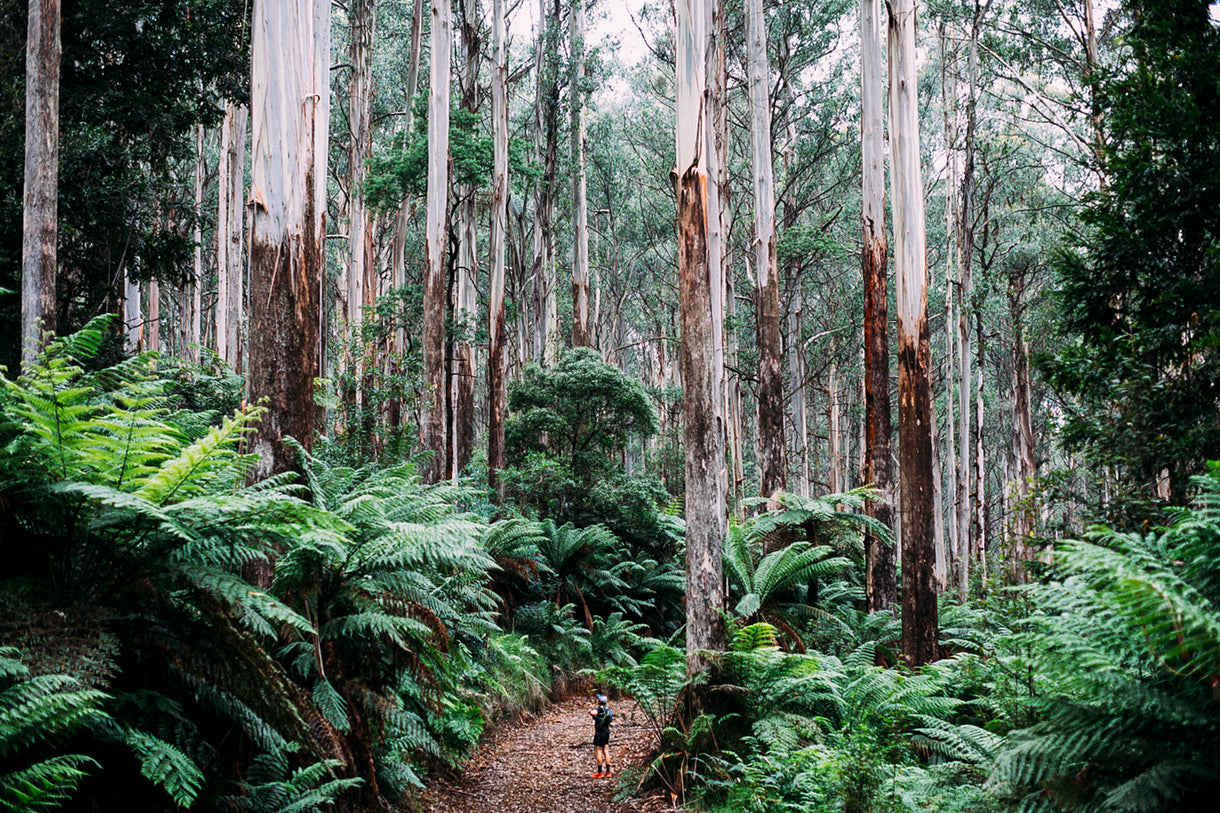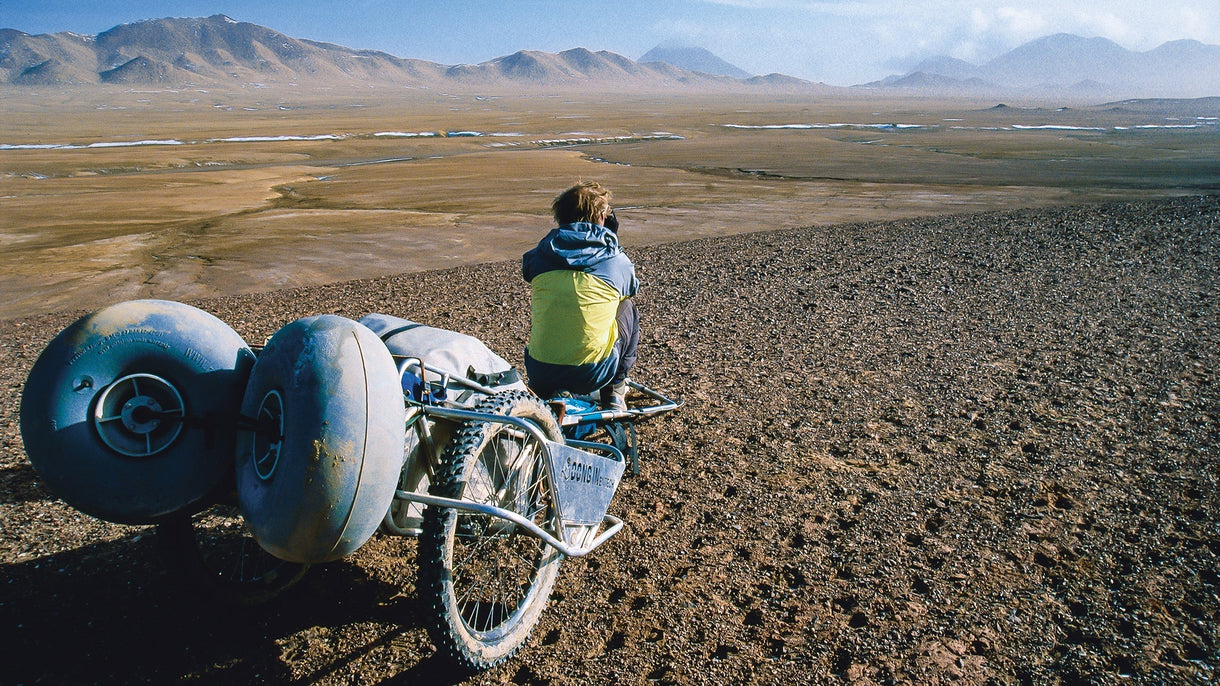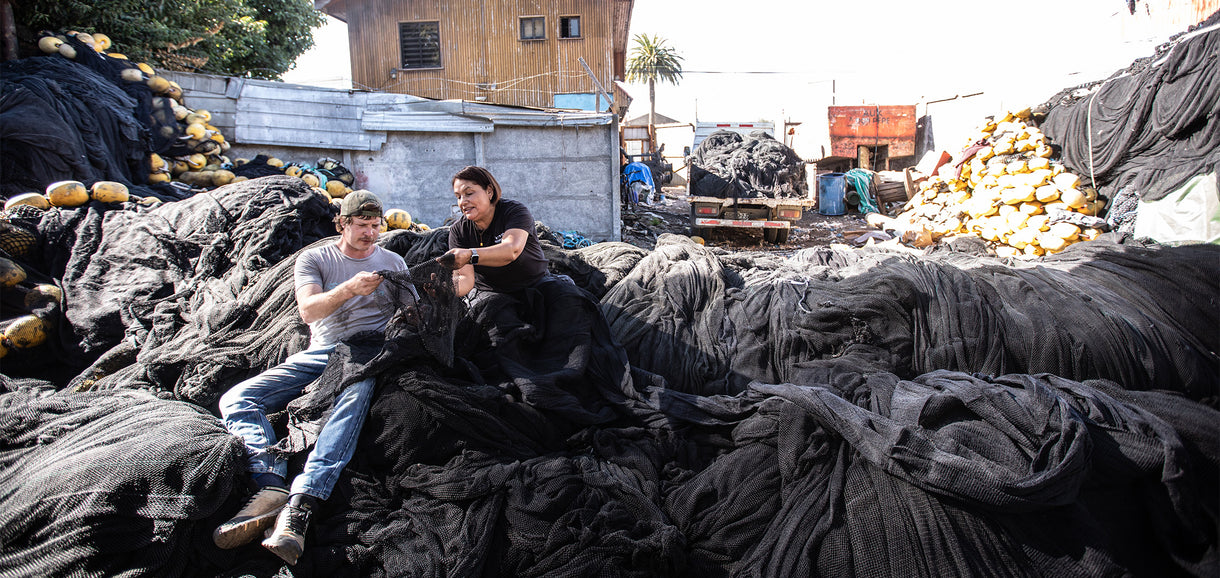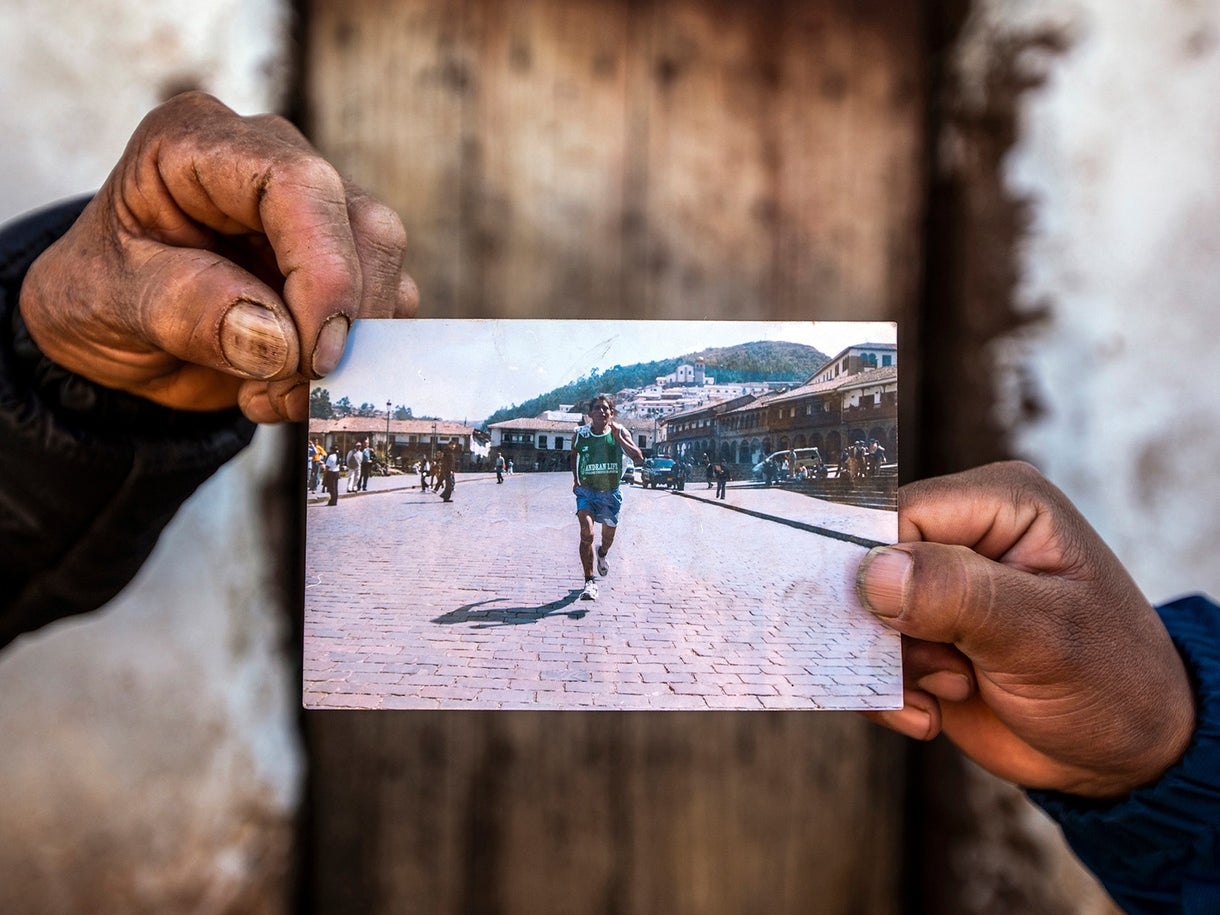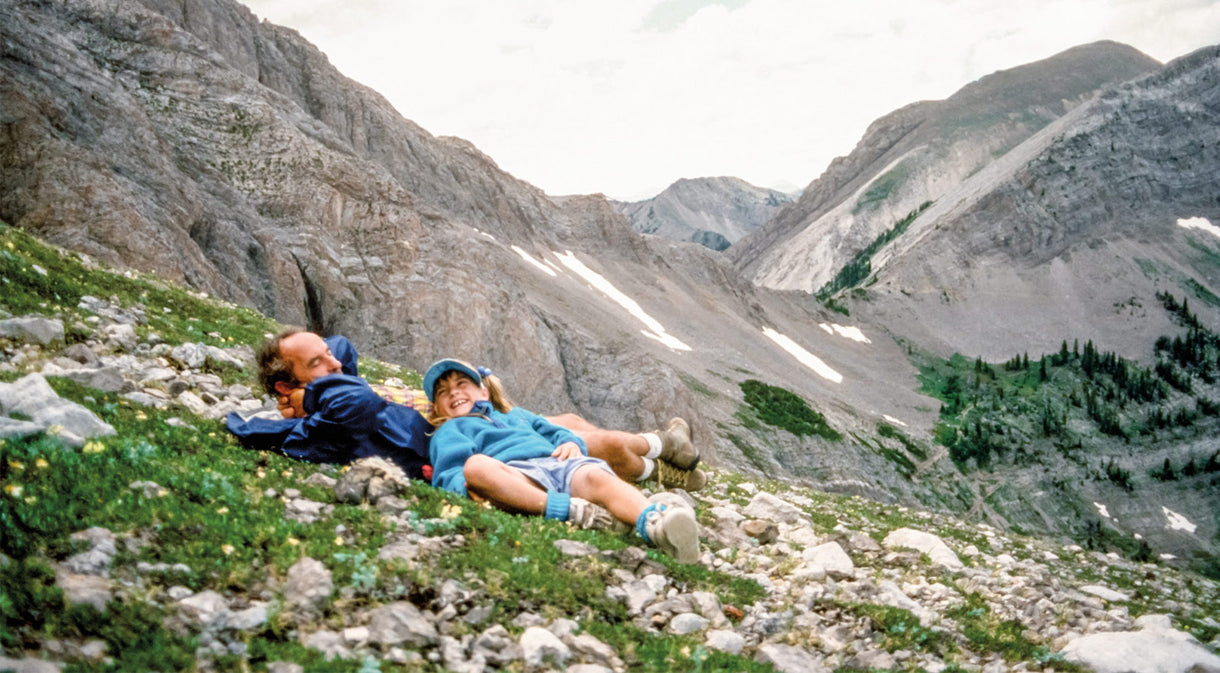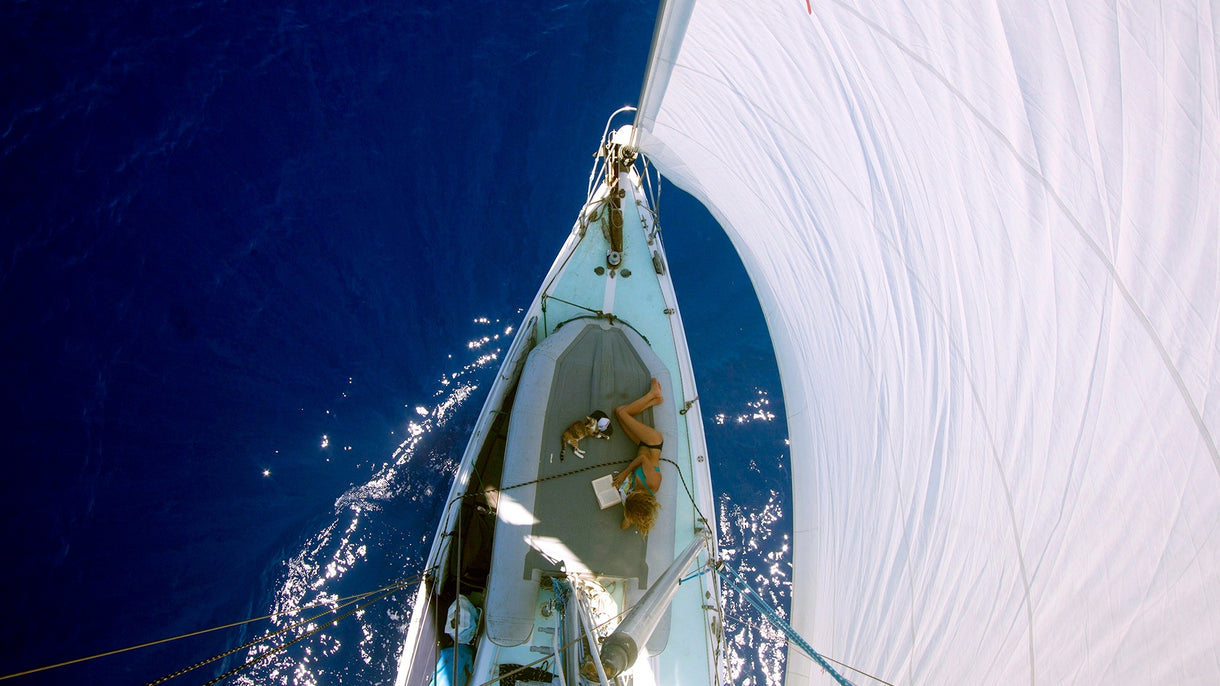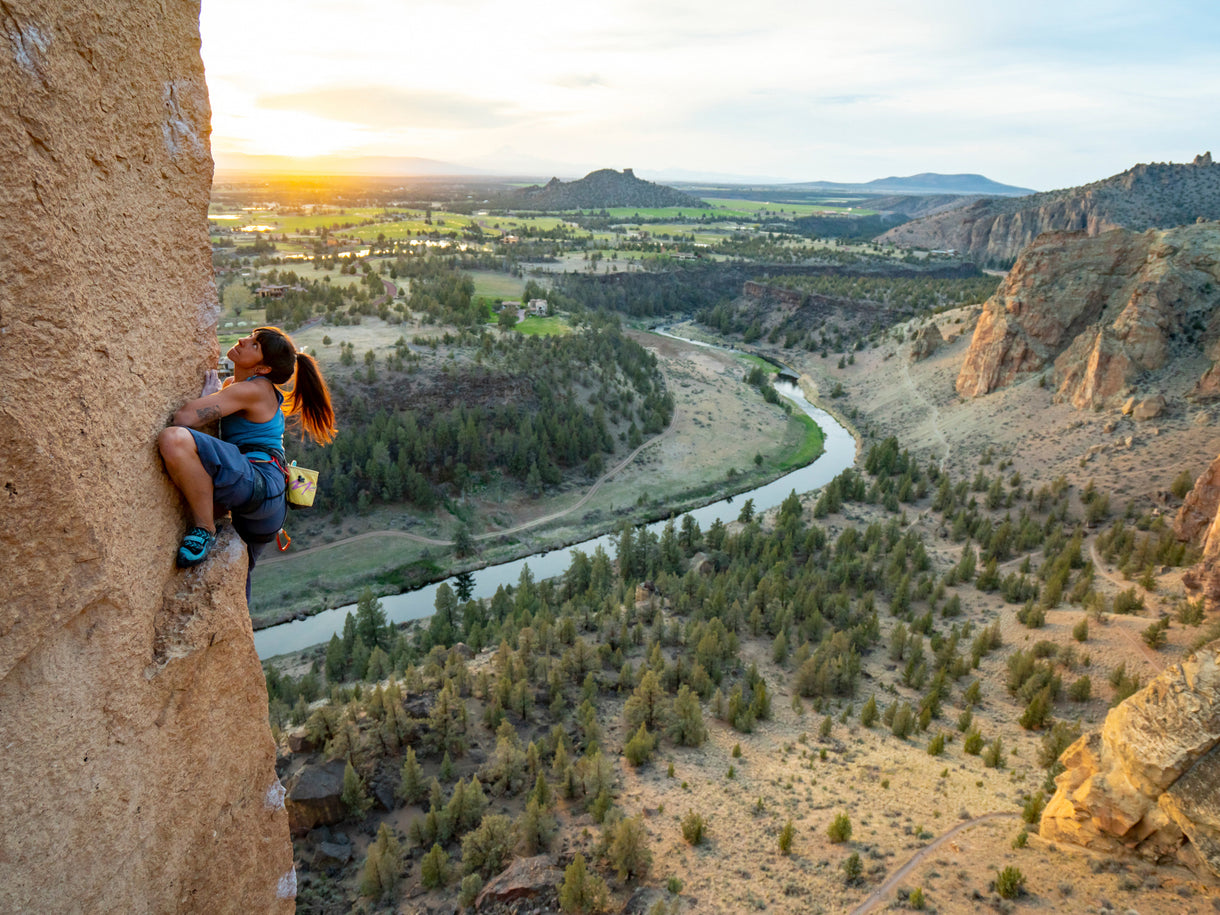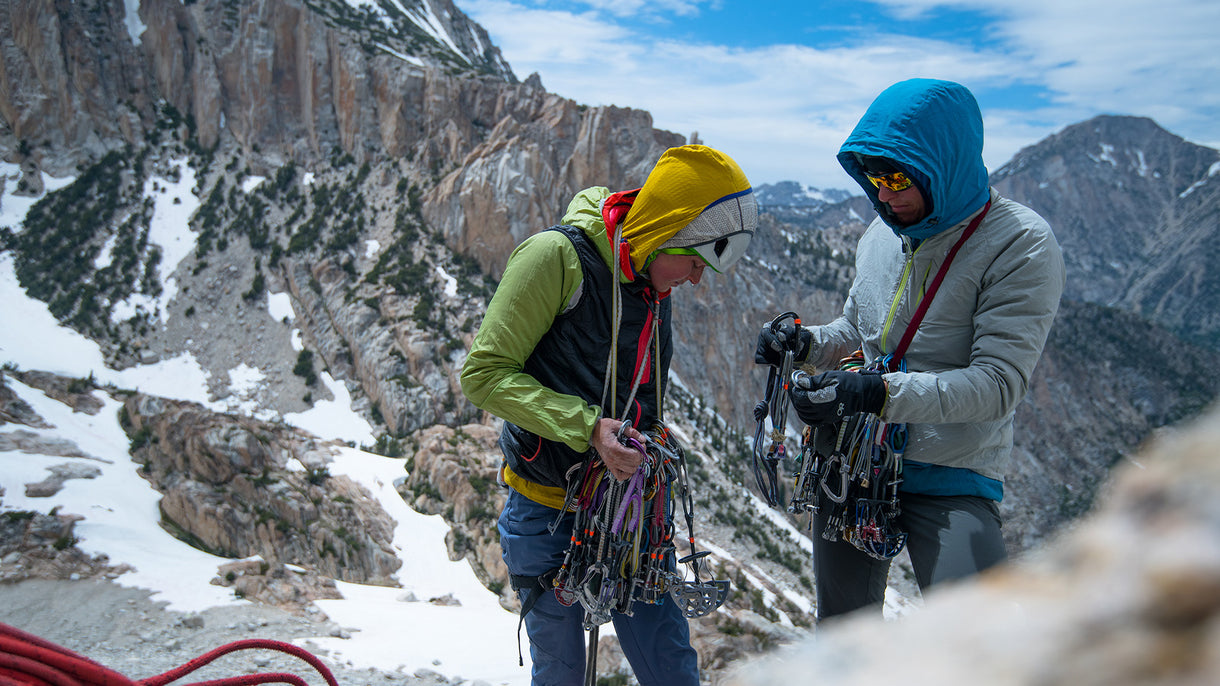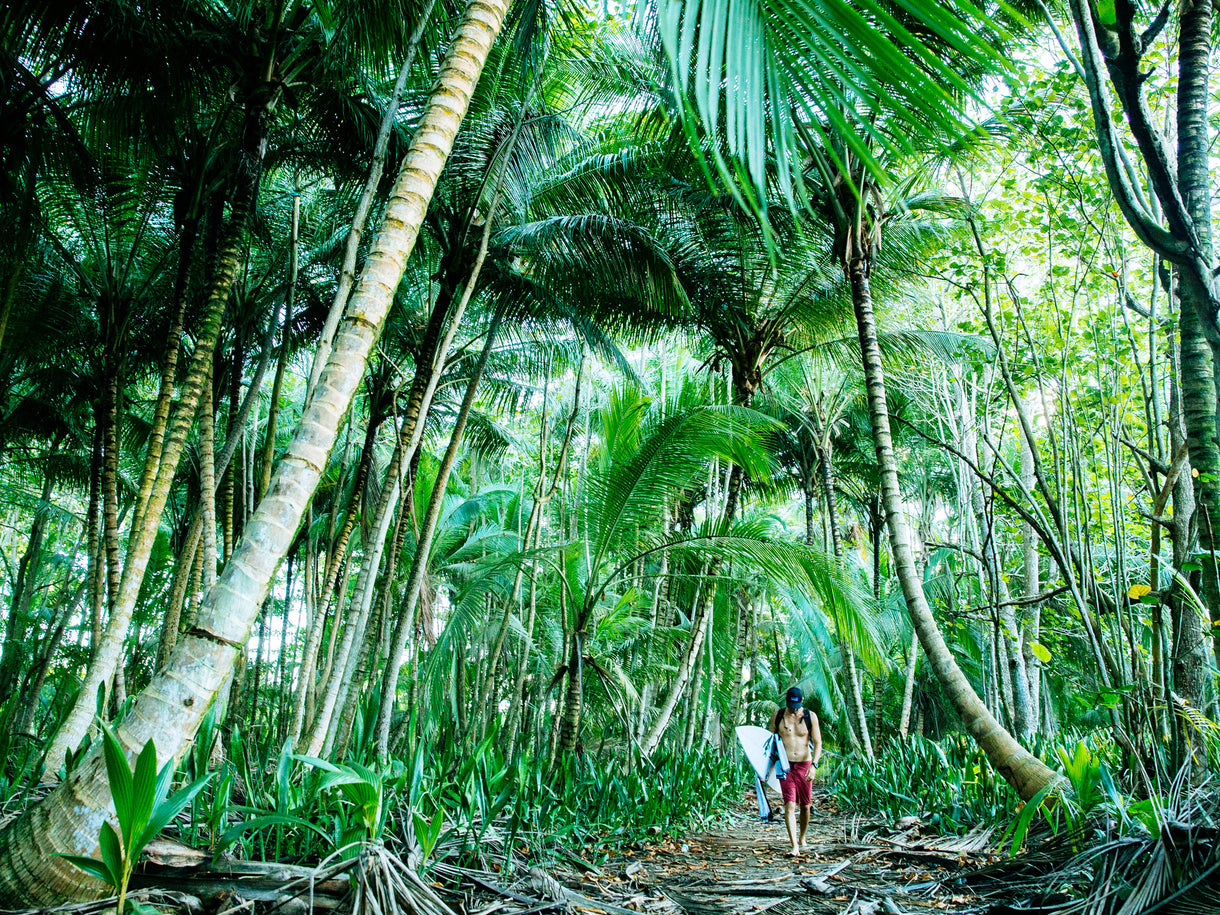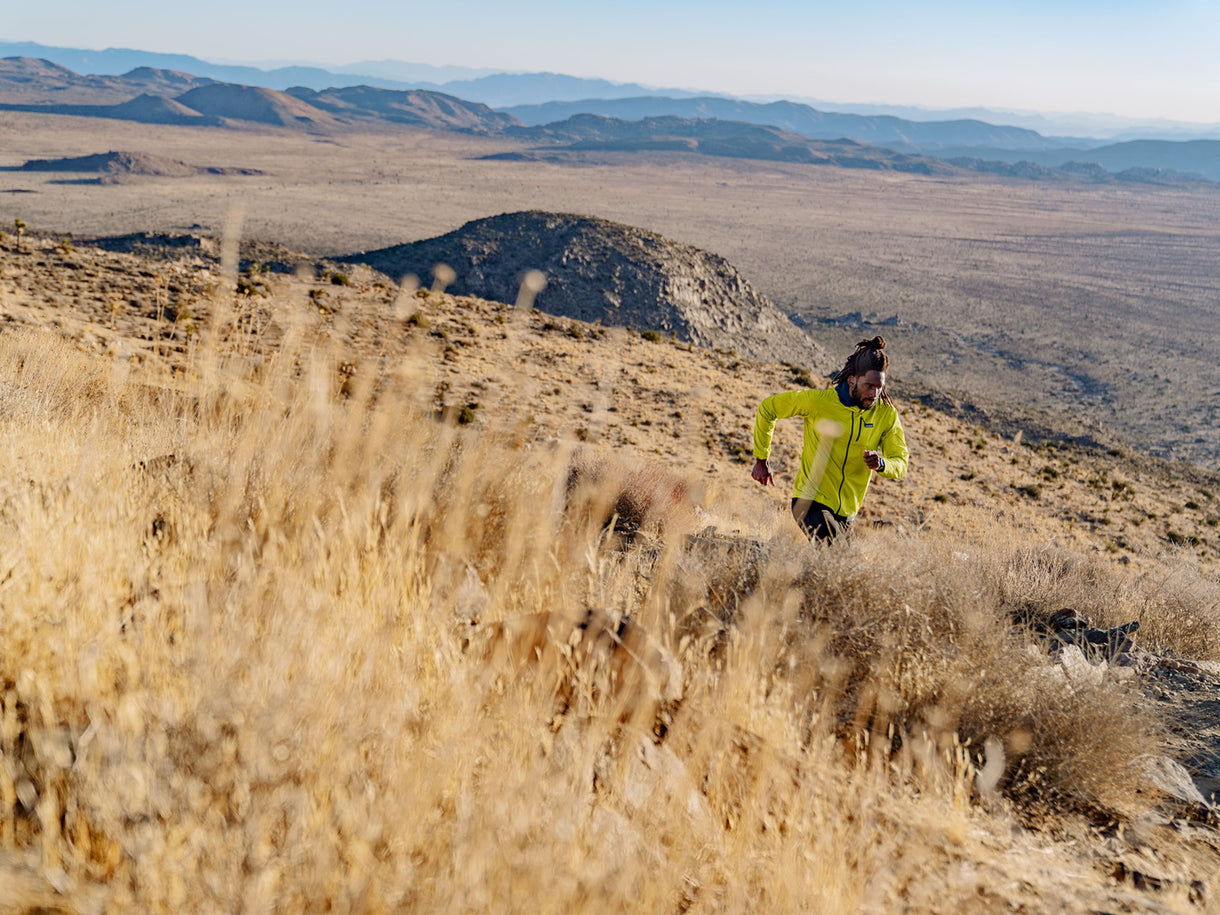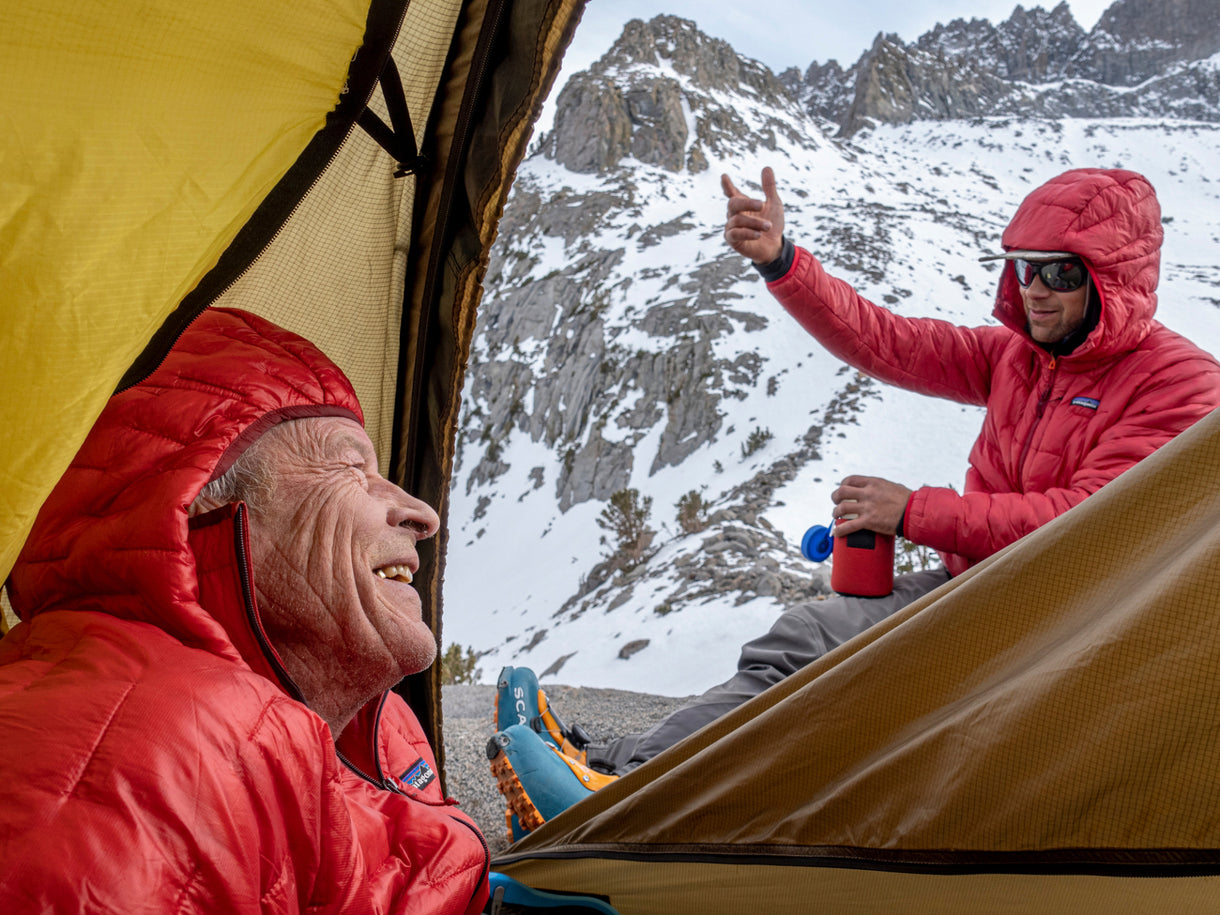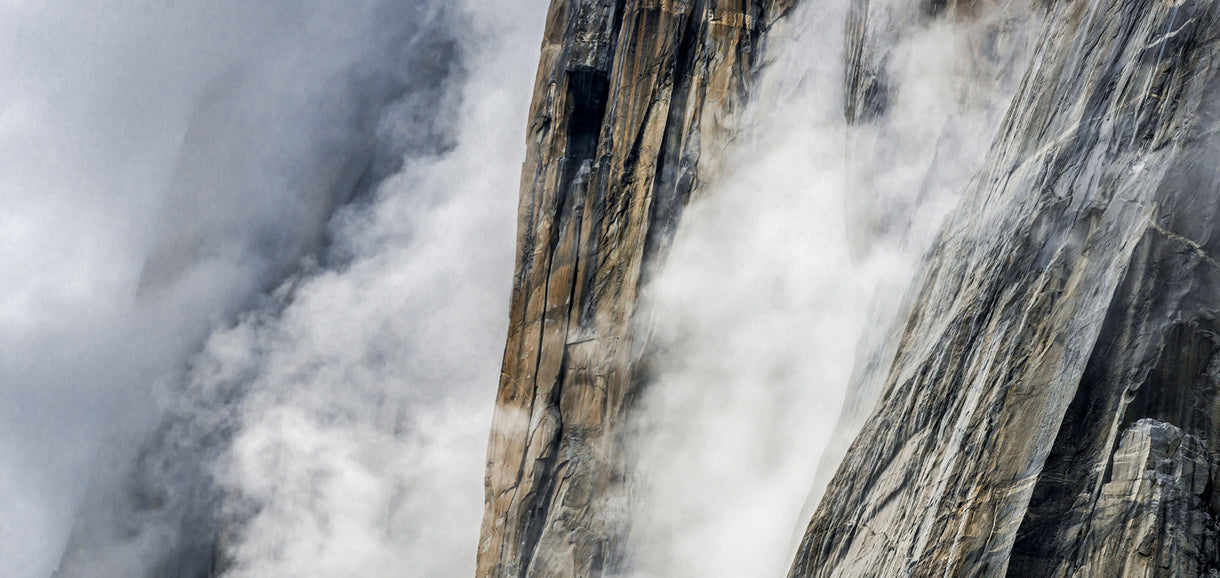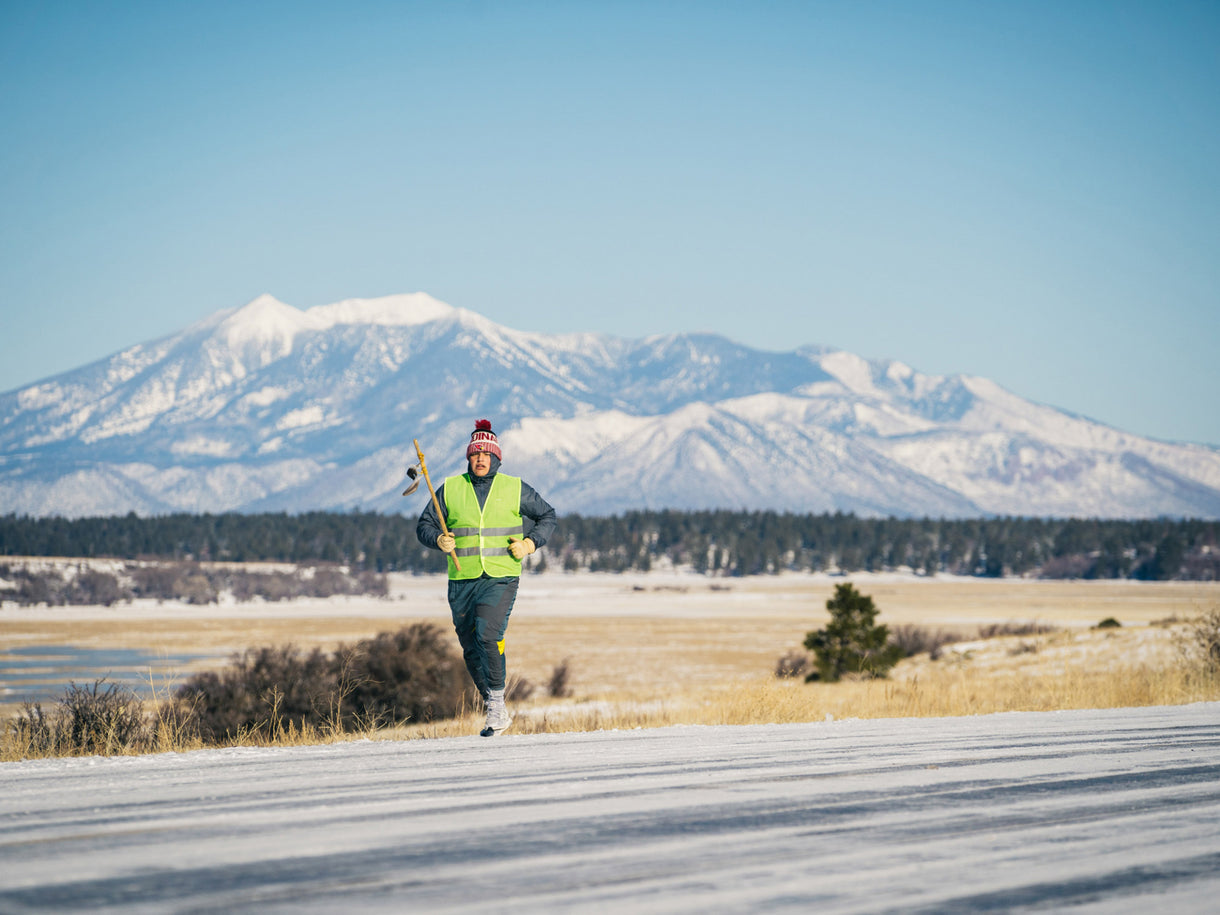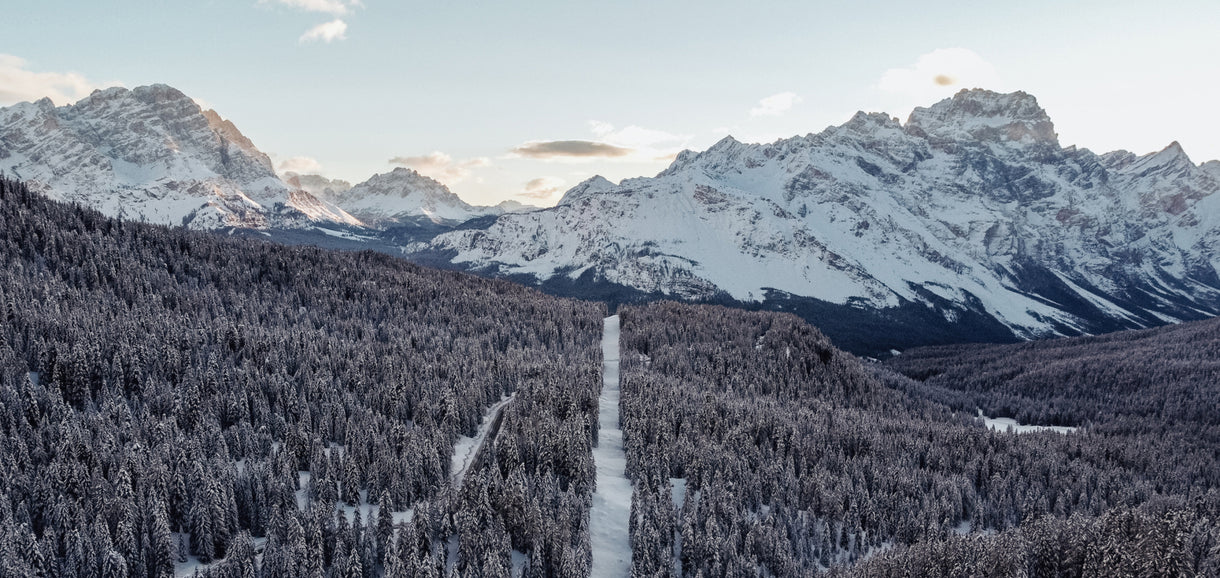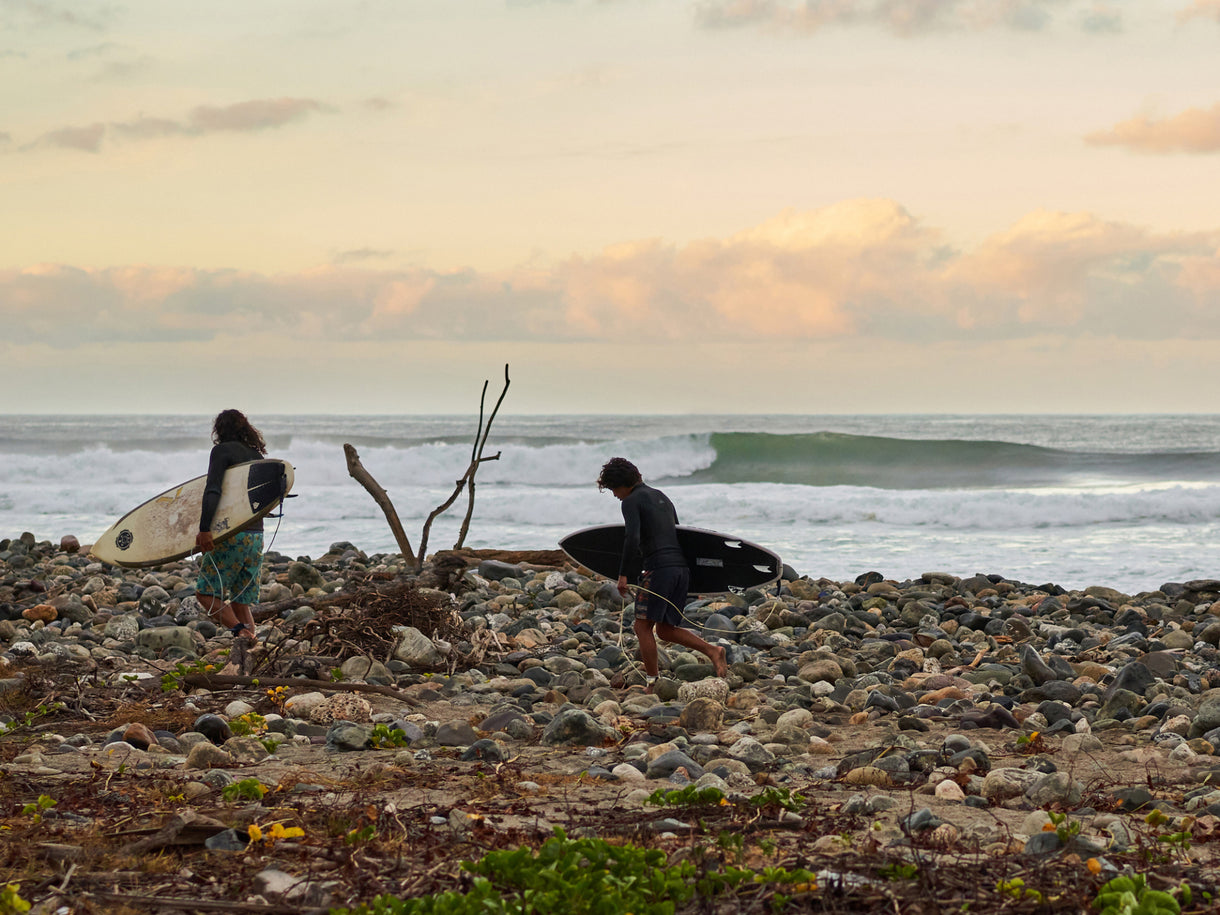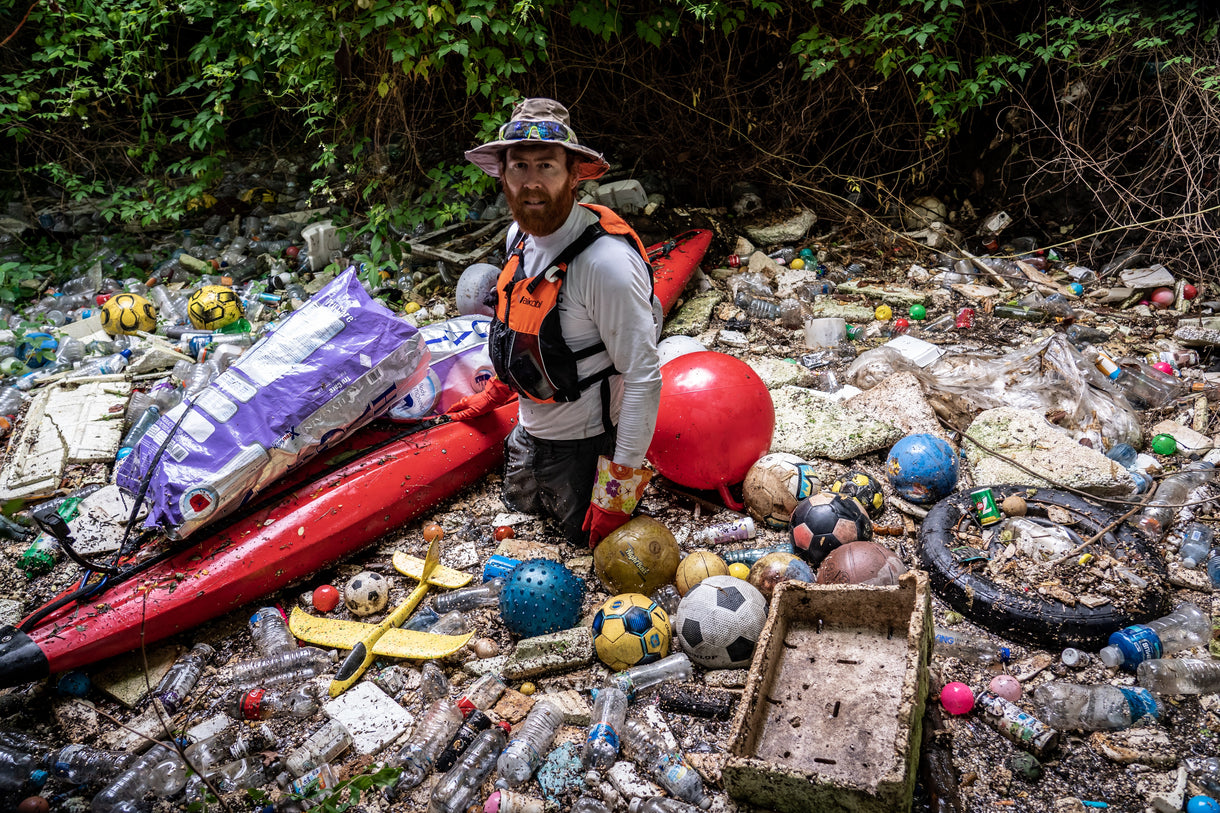The communities of Cajón del Maipo, in Chile, are seeing their environment be threatened by an unnecessary hydroelectric project.
Every time I return home, I look into the mountains, feel the breeze coming down from the upper valley and look into the river thinking about how much longer this place will remain as we know it, for how much longer I’ll see this river running. I’d like the answer to be, for a long time, but with every day that statement feels more uncertain.
I’ve seen this valley change significantly in such a short period of time. It is almost as if the valley is actively resisting the ambition and greed of people, the compounded impacts of the many extractive activities that have historically taken pieces from this ecosystem, turning them into money and profits for businesses and large corporations. Add in the impacts of the climate crisis and the intense drought we’re experiencing in this part of the continent, and we remain unsure of how much this valley can take. It is clear that the Maipo Valley is struggling.
The Maipo Valley’s proximity to the most populated city in the country, Santiago, has historically designated it as an extraction zone, the supplier of natural resources. Mining, hydropower plants and aggregate extractions are just some of the activities concentrated in the top part of the watershed. “Extract, extract and extract,” has been the logic and mantra of the Chilean economy for a long time, and the scars this valley bears are a perfect representation of its impacts.
Out of all the industries that jeopardise the integrity of this valley, there’s one that can give it the final blow, Alto Maipo. Alto Maipo is a mega hydropower plant run by the US-based company AES Andes (formerly known as AES Gener) and the engineering Austrian company STRABAG. The project’s purpose is to capture the water of the three main watersheds that feed into the Maipo River and funnel those waters through a series of tunnels drilled under the mountains to produce energy. Despite facing intense community opposition over the last 10 years of construction, the Alto Maipo project is finally nearing completion. There’s no real consumer demand for this energy right now in Chile. In fact, the electric system is overstocked. This potential energy project is mainly to power the anticipated needs of future mining projects in the area, which will lead to even more negative environmental impacts on this region. Alto Maipo represents just the tip of the iceberg for future extractive projects in this area of Chile.
“This relationship with the land doesn’t represent what our generation and the majority of the population in Chile wants. This is not how we want to see this place develop...”
A little bit of context here. The Maipo Valley is located in the mountains, right next to the city of Santiago, which is the capital and the most populated city in Chile. Cajón del Maipo, as we call it, plays an important ecological role in the entire region. The whole watershed makes life possible for millions of people, supplying drinking water to the city of Santiago and providing clean air to the region and water for the crops of the valley. This water is stored in the hundreds of glaciers and concentrated in the main aquifer, alpine lakes, streams and creeks located in the mountains of this valley.
The human population, as well as the resilient and diverse flora and fauna of this place, depend directly on the river’s life, and right now this ecosystem is very unbalanced. Plain and simple, Alto Maipo is a mega hydroelectric project about to be launched during one of the most intense megadroughts this region has experienced on record. It will irreparably harm the fragile ecosystem in which we live in. To take the water out of this basin, in the midst of climate change and an intense, decades-long drought, sounds to me like ecocide. It is a clear example of a lack of social and environmental justice. The land and people of the Maipo Valley cannot and should not pay such high environmental costs for having all these industries installed in our lands, only to serve the interests and line the pockets of large cities and corporations in faraway places.
 There is a generations-long tradition of horseback riders in Cajón del Maipo. Muleteers have seen the impacts of the Alto Maipo project in these once pristine landscapes firsthand. Laguna Encañado area , Cajón del Maipo, Chile. All photos: Rodrigo Manns.
There is a generations-long tradition of horseback riders in Cajón del Maipo. Muleteers have seen the impacts of the Alto Maipo project in these once pristine landscapes firsthand. Laguna Encañado area , Cajón del Maipo, Chile. All photos: Rodrigo Manns.
Author Profile

Felipe Cancino
Felipe is an activist, trail runner and outdoor educator.


